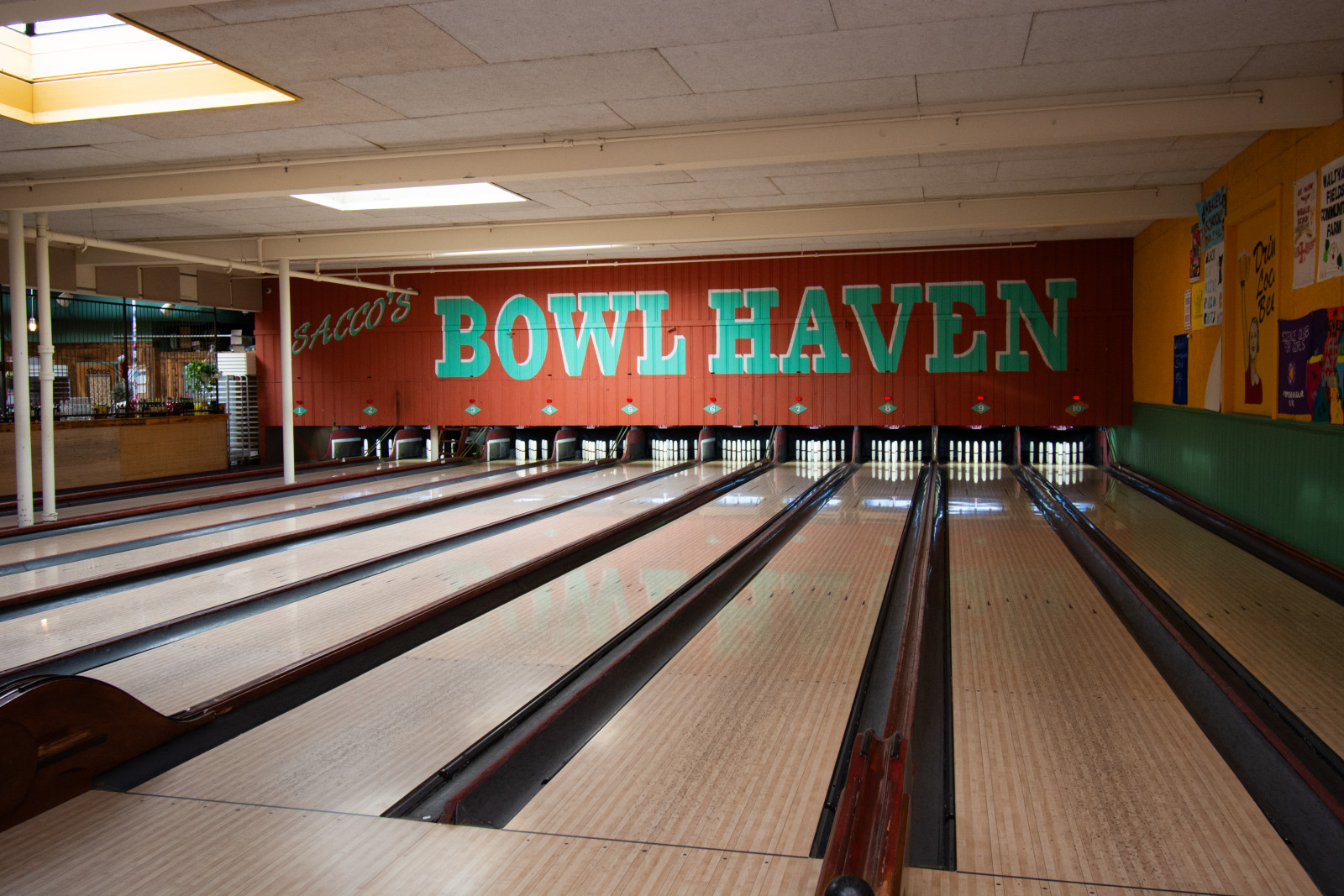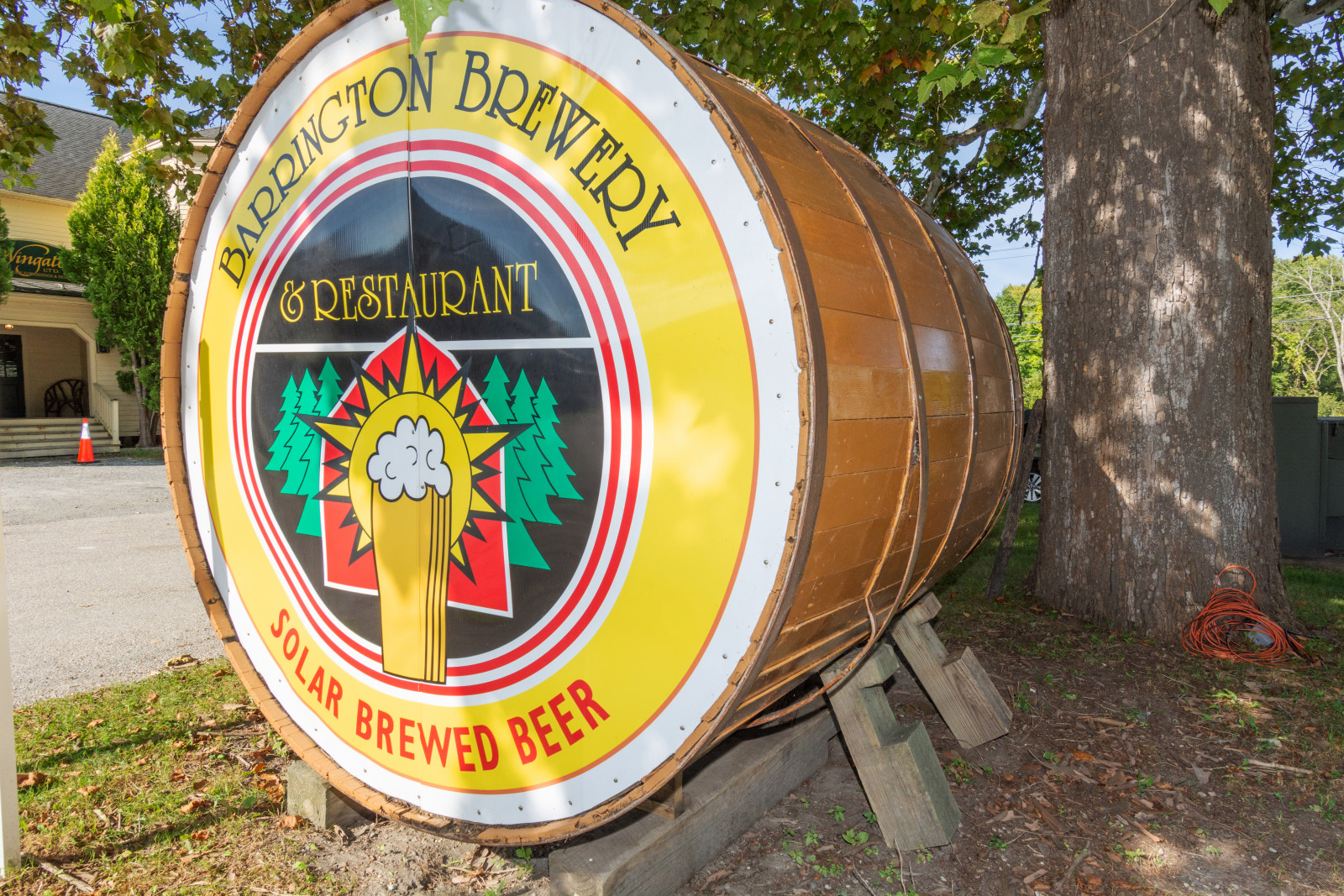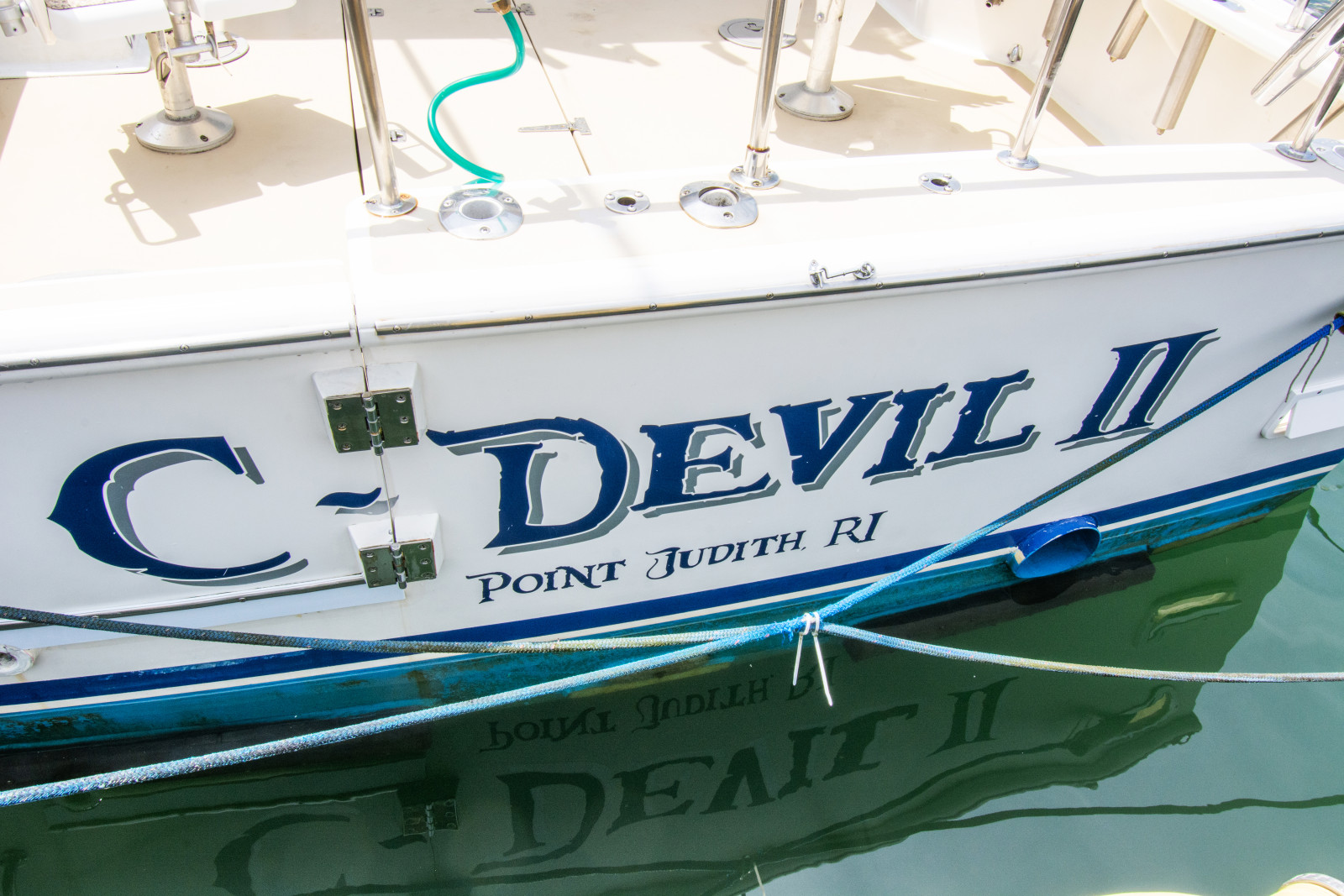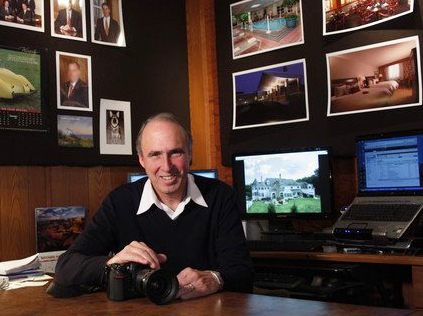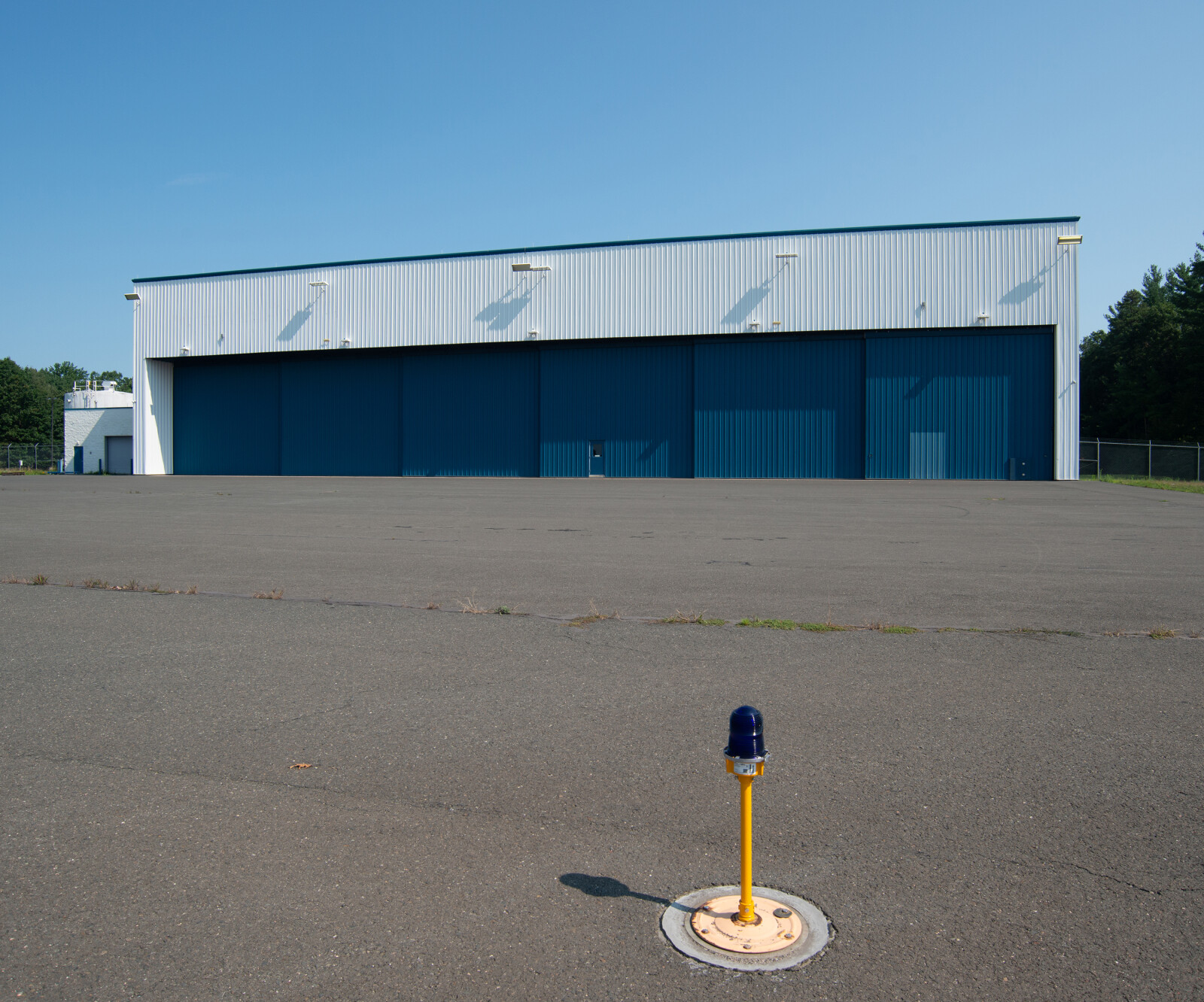
In 2021 I was contacted by a national commercial real estate company and asked if I would be interested in photographing a large aircraft hangar that previously was a service center for corporate jet aircraft, next to Bradley Airport in Windsor Locks, Connecticut.

My answer was yes, yes! I would love handling the assignment! This would be dream job for me and I would get to experiment with a new technique that I wanted to try; placing my DSLR camera on a 16-foot-high stand and triggering it with my cell phone for an elevated view. I also was quite intrigued by the opening and closing action of the hanger doors. I got the assignment. I tested my idea of an elevated view and I must admit I was nervous about having my camera up 16 feet in the air with just a sand bag holding my light stand down.
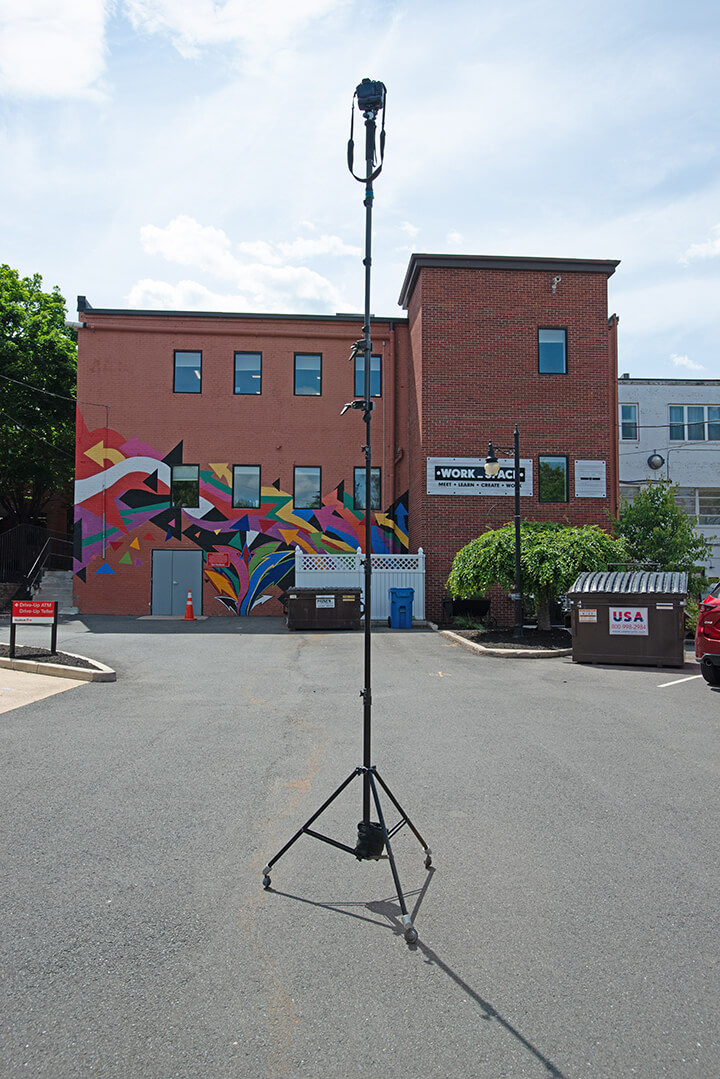

My test shot worked out great and I was ready to try my "elevated view" on the assignment.
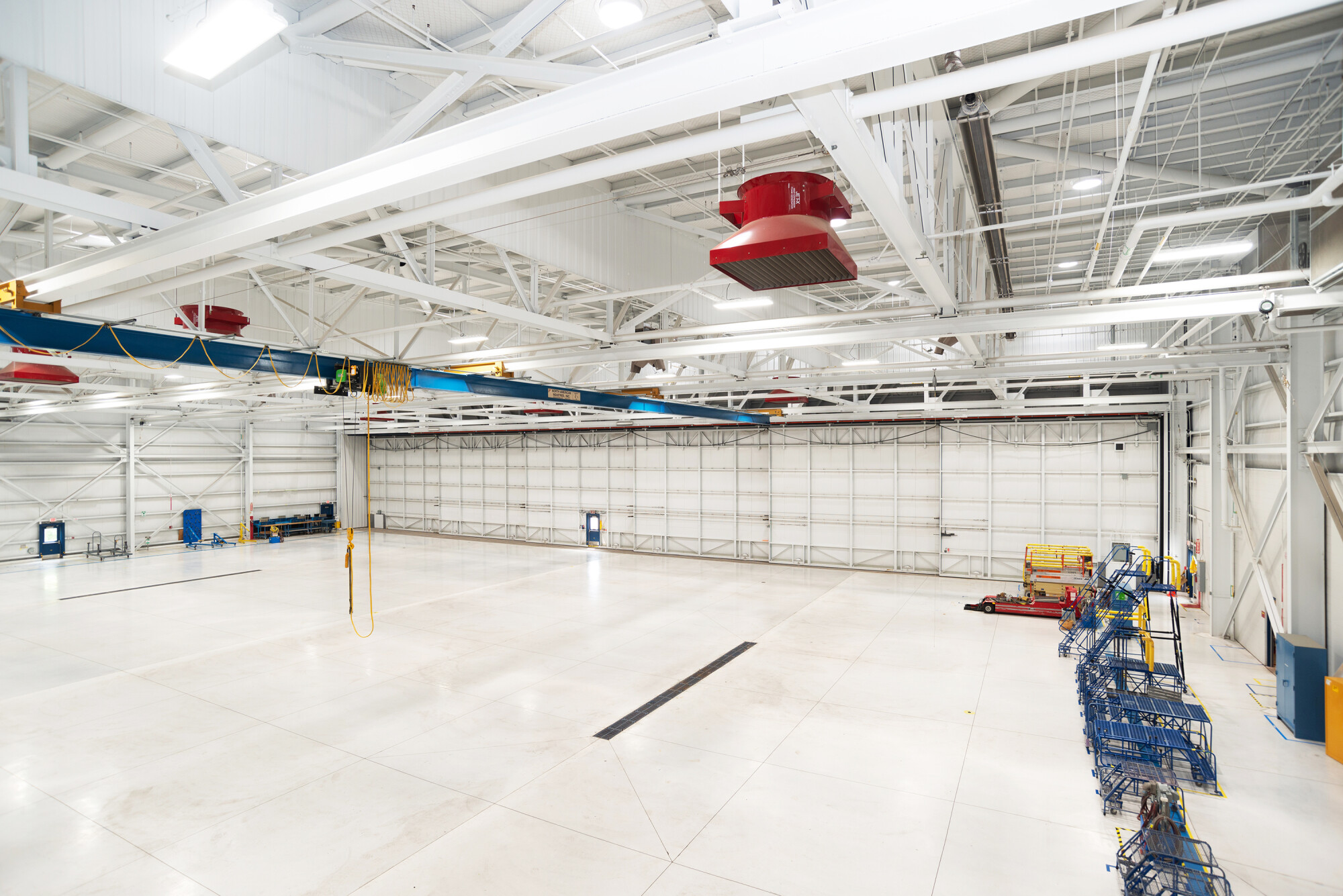
When I arrived for the assignment I found out that I would need a temporary pass from the Bradley Airport Authority to walk on the runway. This would take several days, so I decided to split the assignment into two days. The first day I worked on photographing the interior of the hanger from several directions on ground level and and with my 16-foot elevated camera as well as the offices, mechanical rooms, meeting rooms and the pilot’s lounge.


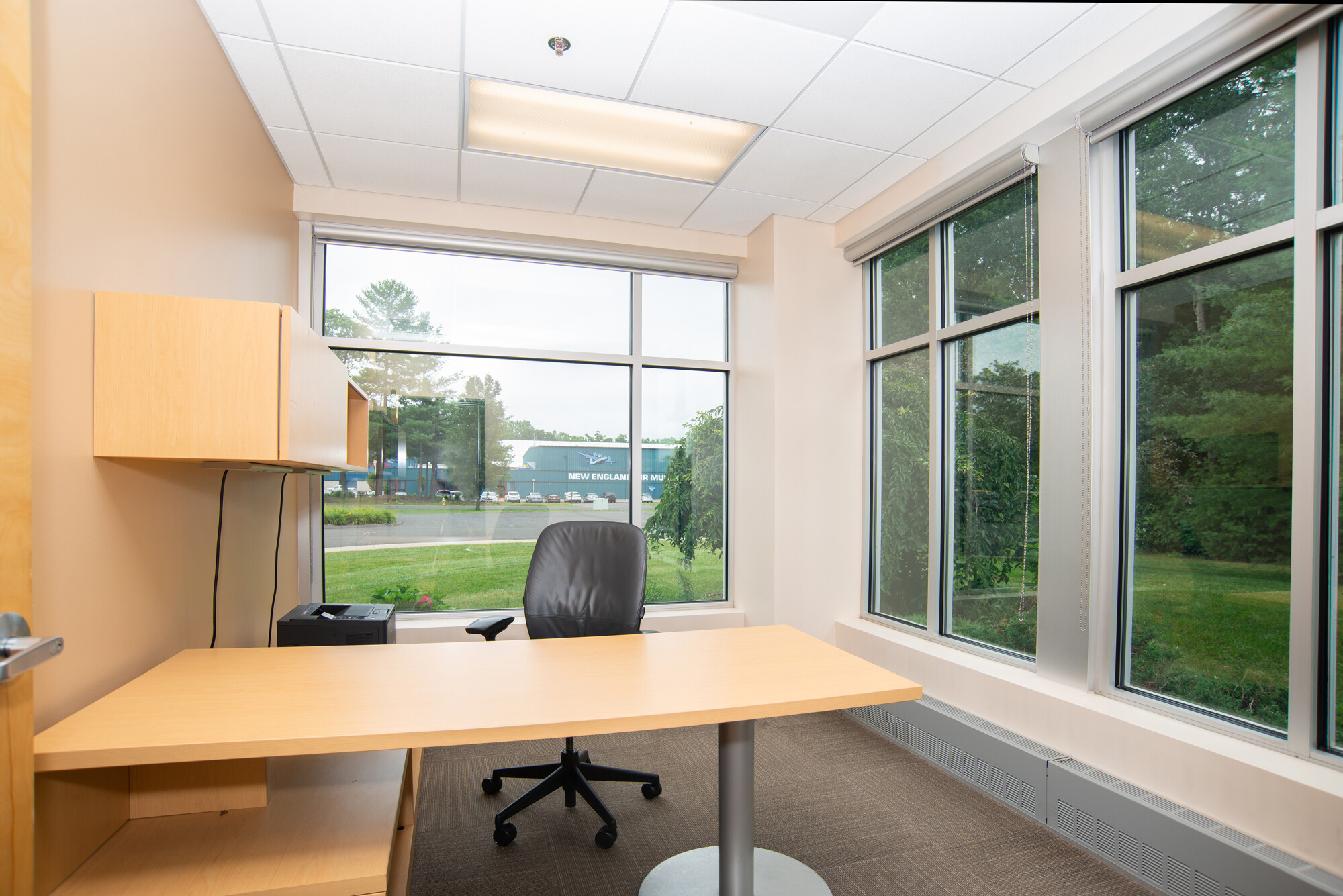
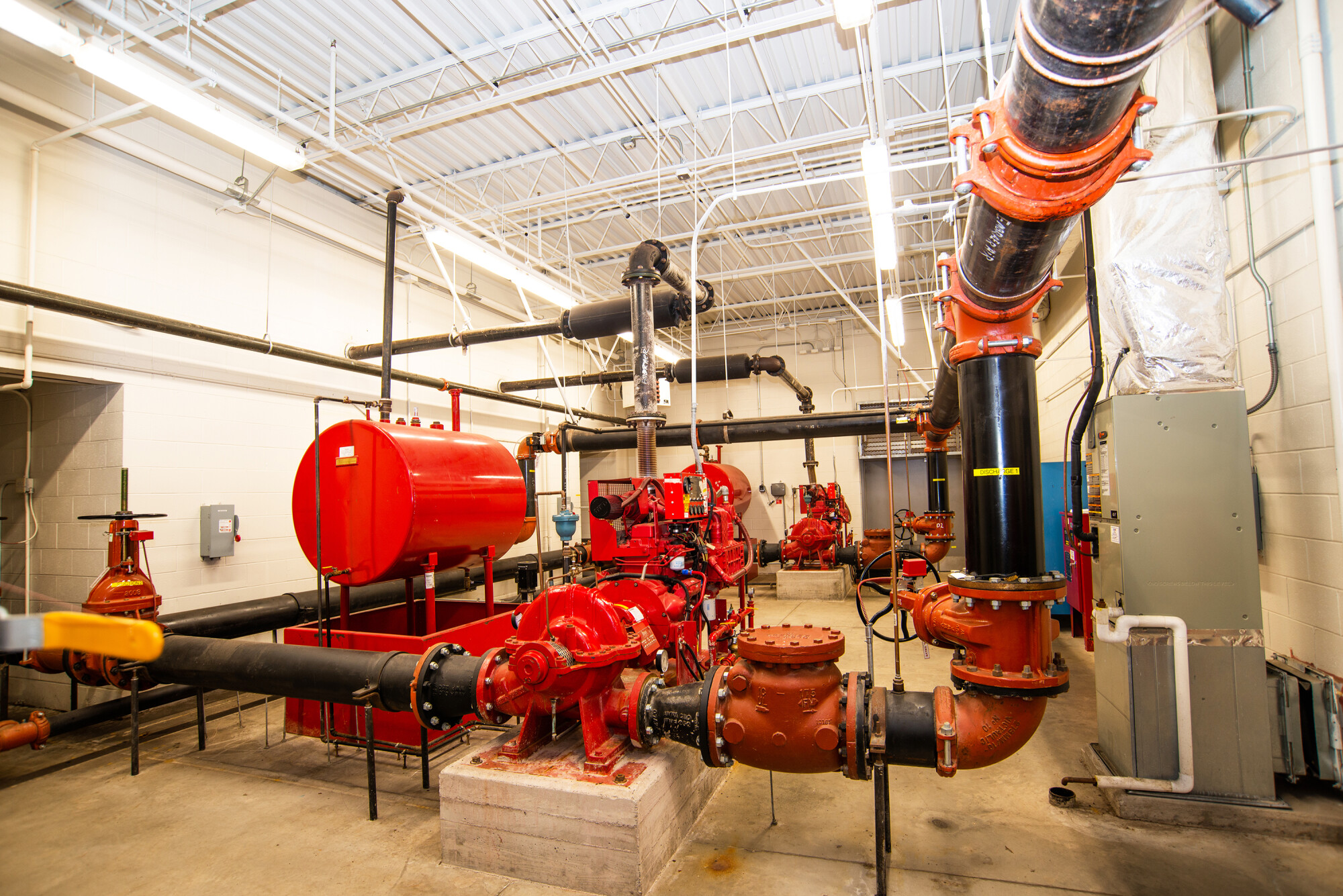
A few days later I returned and took the exterior photos of the building from ground level and from an elevated level.




I also took a 360-degree image of the interior of the hanger. Then I set up two video cameras; one outside and one inside the hanger to capture live action of the giant doors opening and closing. You can view the video here: https://www.dropbox.com/s/lppl1ncrxo683gn/Hanger_Doors_Opening.mp4?dl=0 It was a nice clear day with a blue sky and low humidity. This project was a joy and I got to try a new way of getting high angle photos. Recently I drove by the building and I was pleased to see that a new company had moved in. Another perfect day.
Tim Becker
Creative Images photography
901 Main St.
Manchester, CT 06040
860-528-7818
tim@2cimages.com
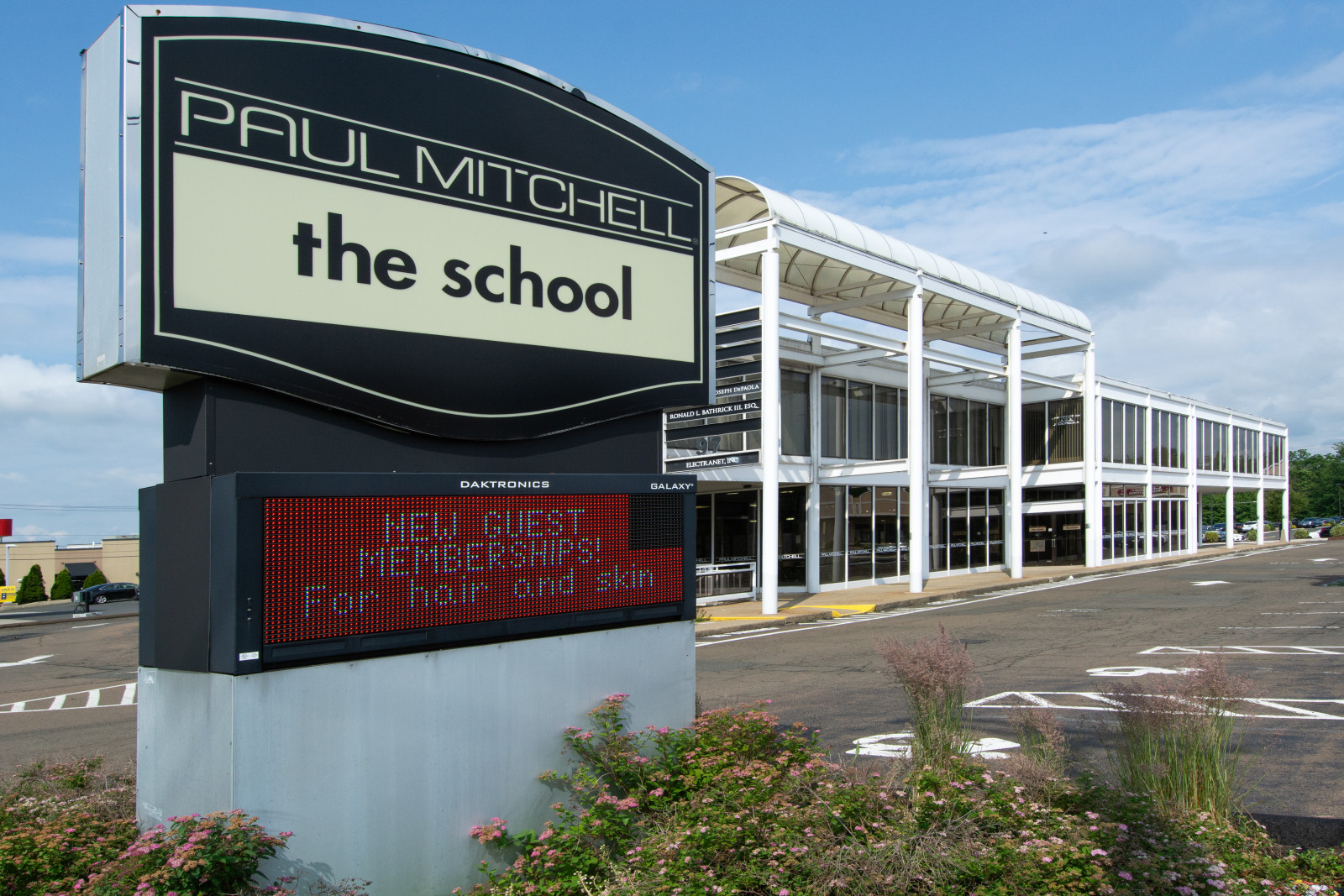
From time to time, one photo assignment leads to a second assignment from the same client. That was the case recently after producing a Google Virtual Tour of Paul Mitchell, the School in North Haven, Connecticut last June. .https://paulmitchell.edu/northhaven?utm_source=gbp_listing&utm_medium=organic
The school in North Haven has been teaching cosmetology, esthetics, and make-up for over 20 years. In 1980 John Paul Dejoria and Paul Mitchell started the brand with $700 and three products. Now John Paul Mitchell Systems has over 150 brands sold worldwide. The school is in a former bank building with classrooms and areas for hands-on training. There are even workstations called “the quiet room” in what was formerly the bank vault.
has over 150 brands sold worldwide. The school is in a former bank building with classrooms and areas for hands-on training. There are even workstations called “the quiet room” in what was formerly the bank vault.

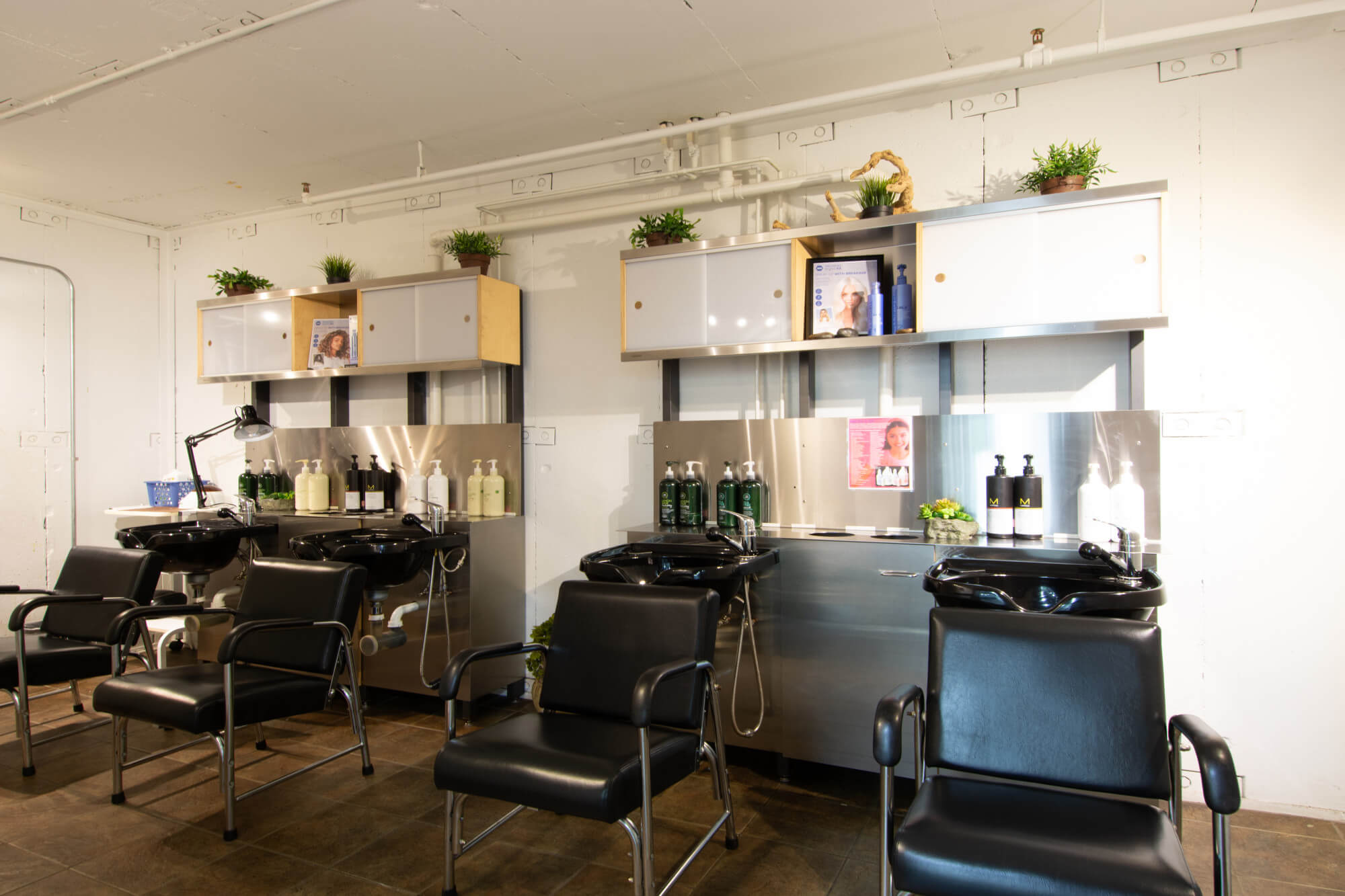
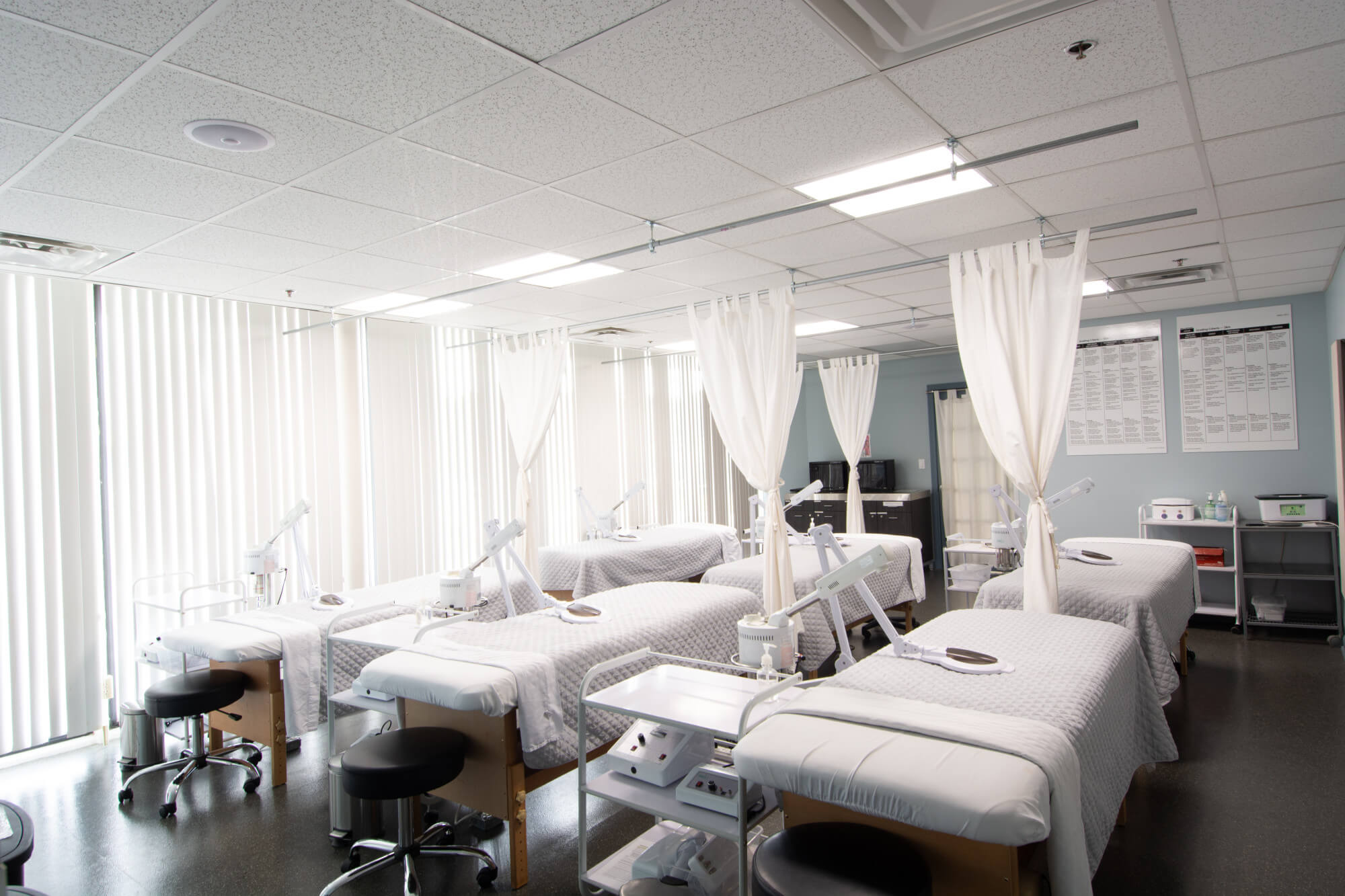
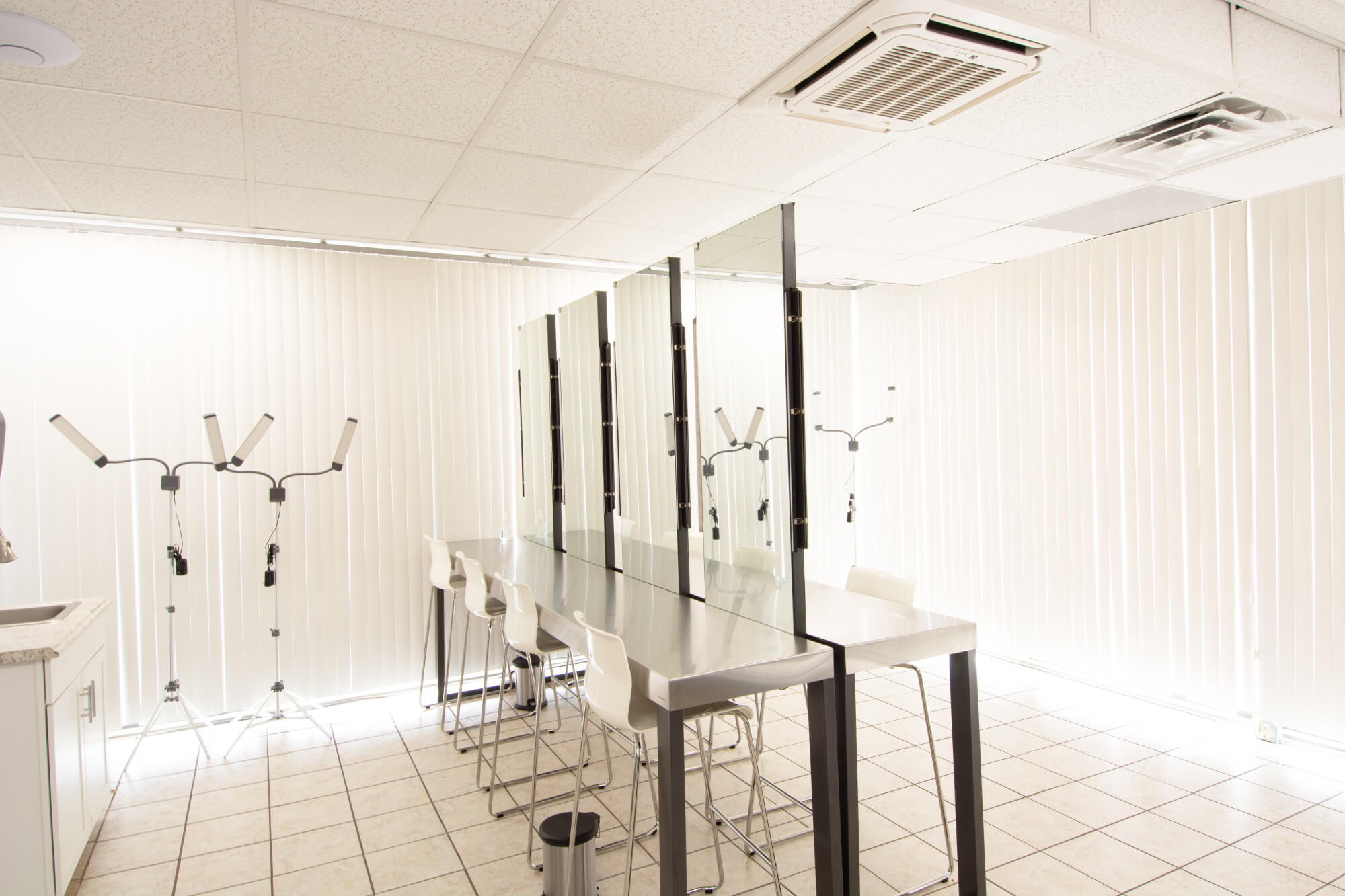
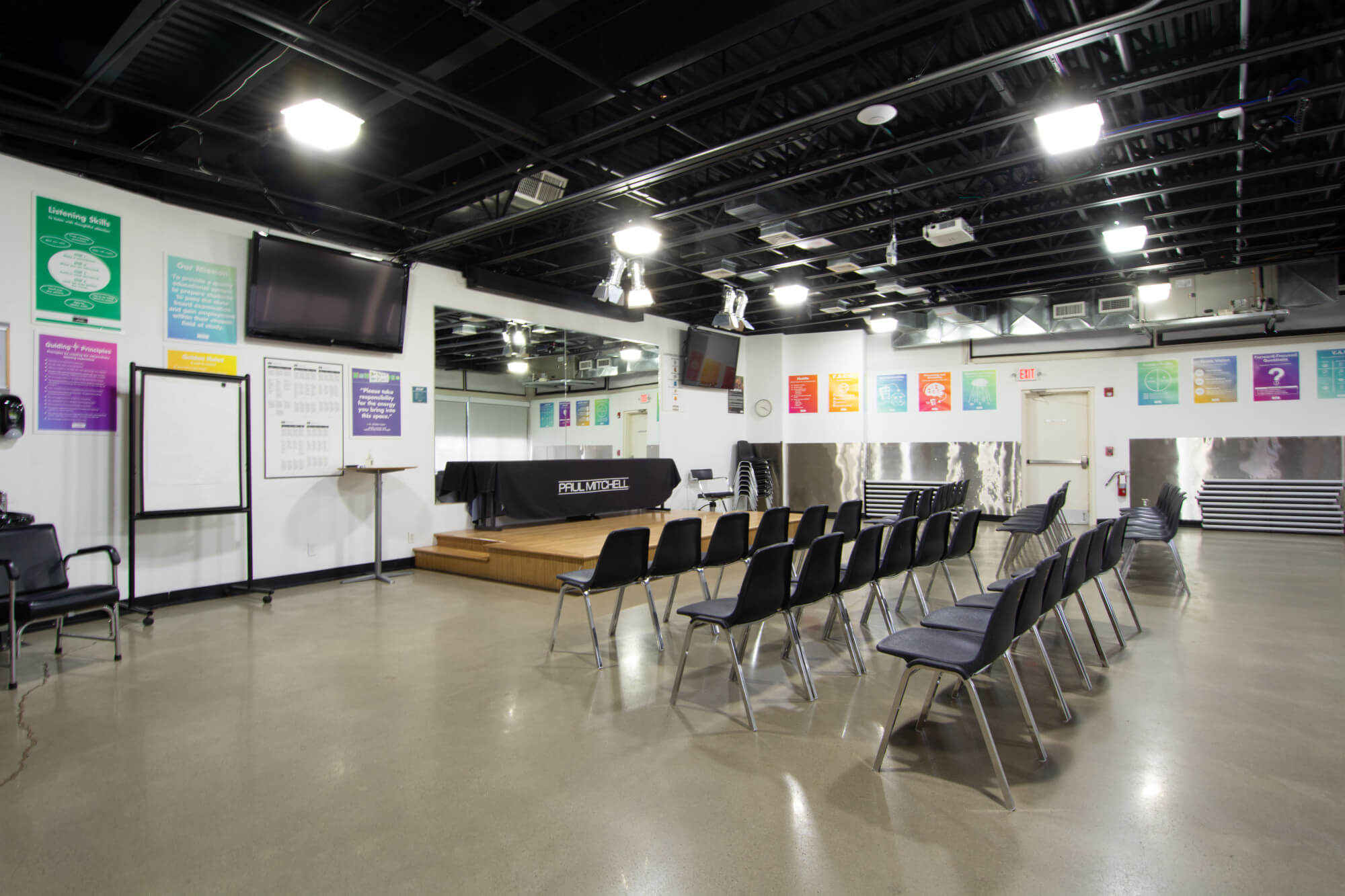
There is also a products store at the school.
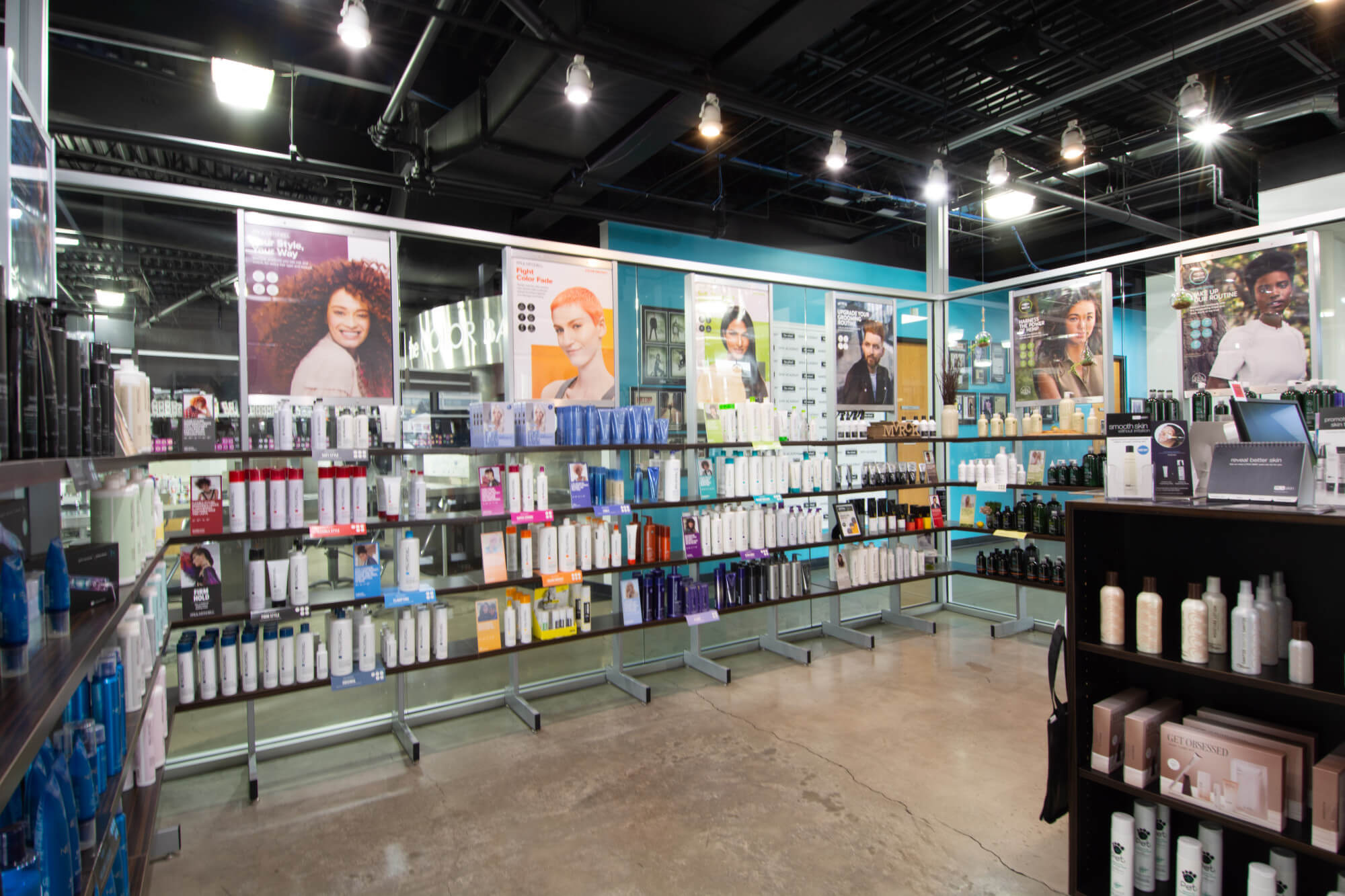
You can take the Google virtual tour here:
I left a business card behind; which led to a call late last year to do headshots of students set to graduate from the esthetics program. It was a joy to photograph the students who had interesting outfits and perfect make-up. No image retouching was needed. I set my glamour lighting up in a small classroom and did a series of poses with each student as their classmates watched and encouraged each other.




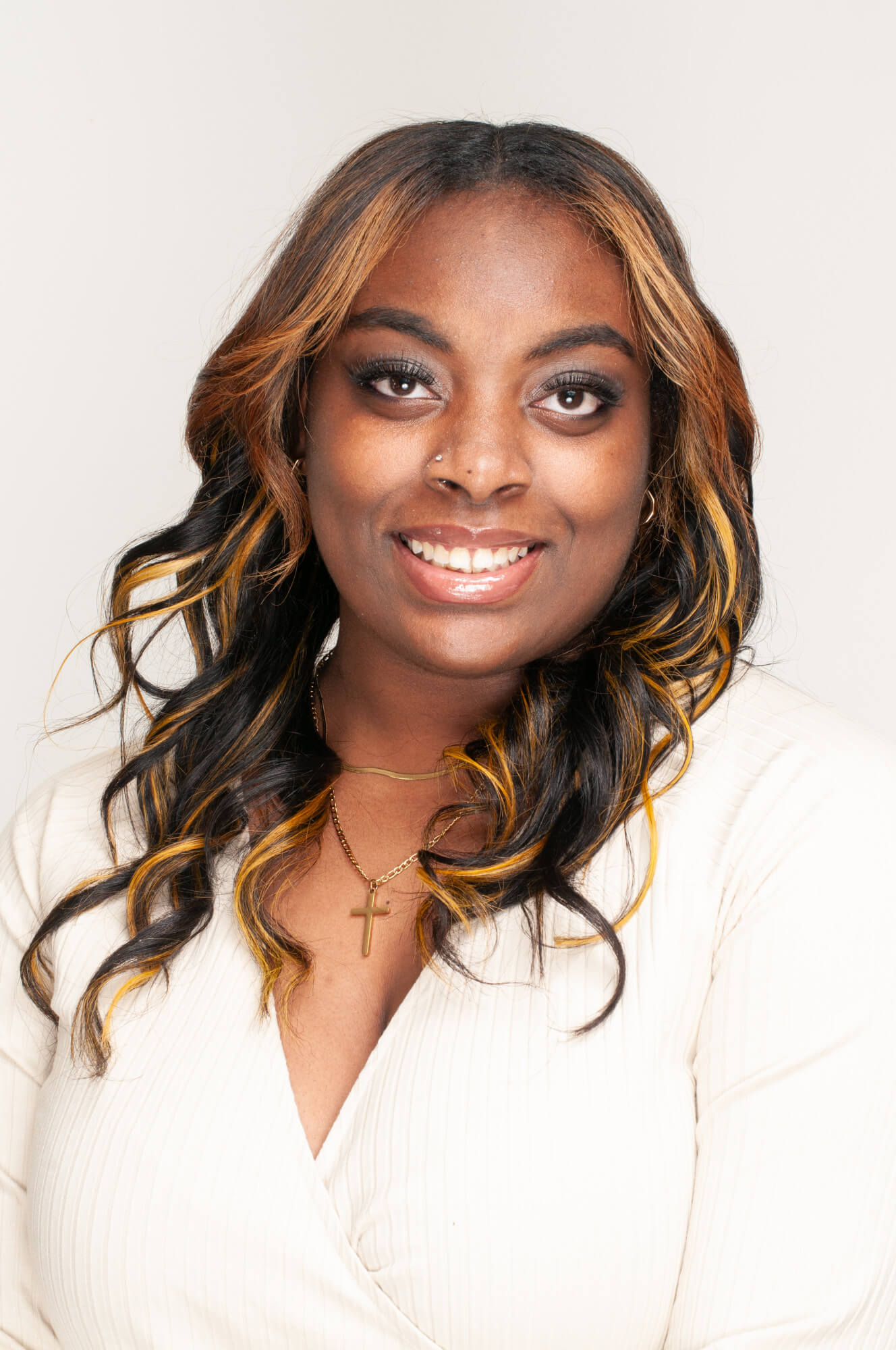

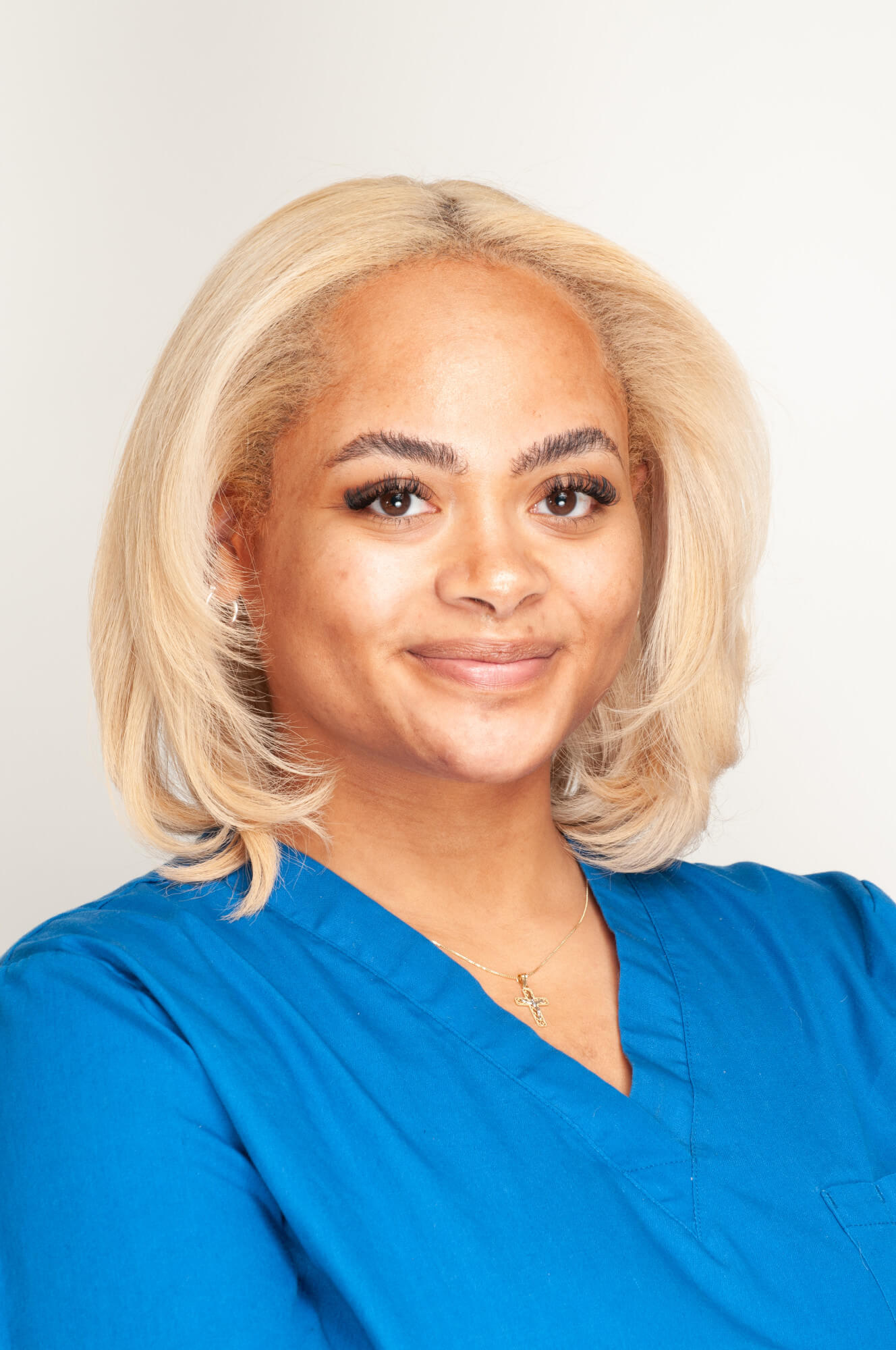


Photographing the school interior for the Google virtual tour was interesting, but photographing enthusiastic students was really fun. I never really know what photo assignment is coming my way next . That is why I love being a commercial photographer!
Tim Becker
Creative Images Photography
901 Main St.
Manchester, CT 06040
860-528-7818
tim@2cimages.com

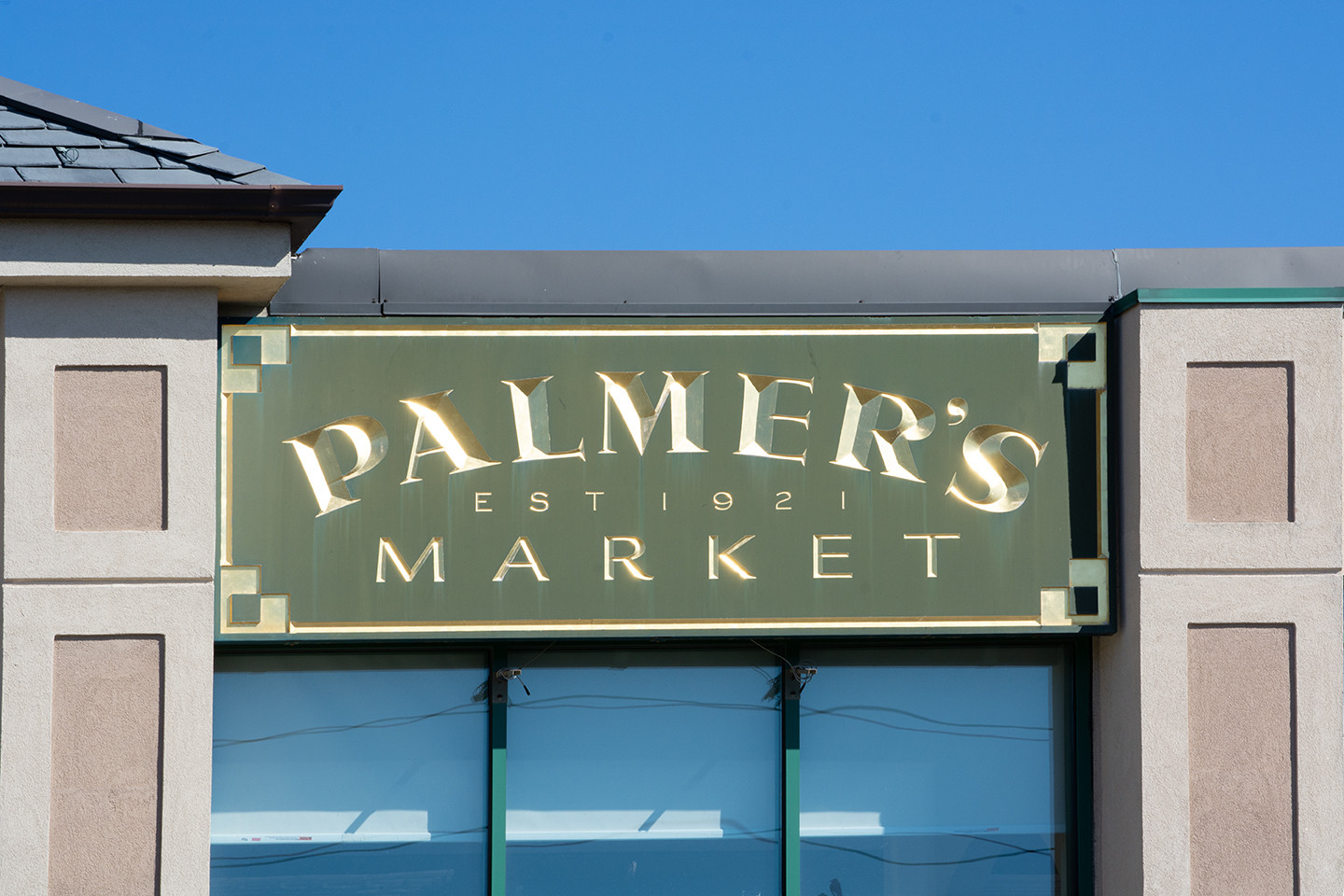
From time to time I receive a photo assignment that is a pure joy. That was the case when I photographed Palmer’s Market in Darien, CT this spring. The weather was clear and crisp; perfect for exterior photos. The store manager Travis, and his entire staff were friendly and very proud of their store. There is much more offered here than in a typical supermarket.

According to their website, https://www.palmersdarien.com/history/ the store was started in 1921. “Palmer’s traces its roots back to the early 1900s as a family-owned Butcher Shop in Stamford. Now, the 4th and 5th generation of Palmer’s are running the business and their vision has transformed a simple market into a one stop shopping destination…” Their website also offers travel tours to Europe.
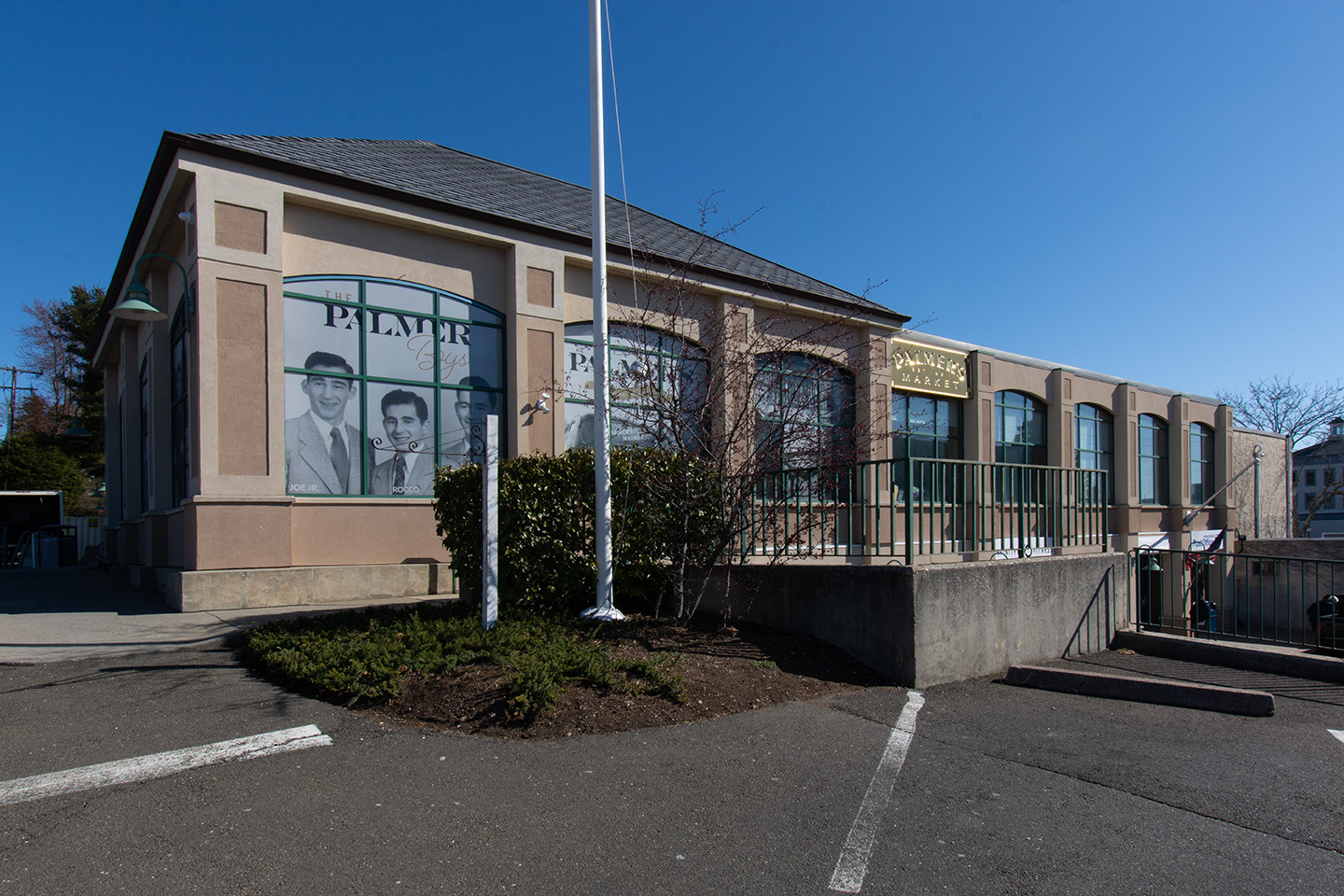
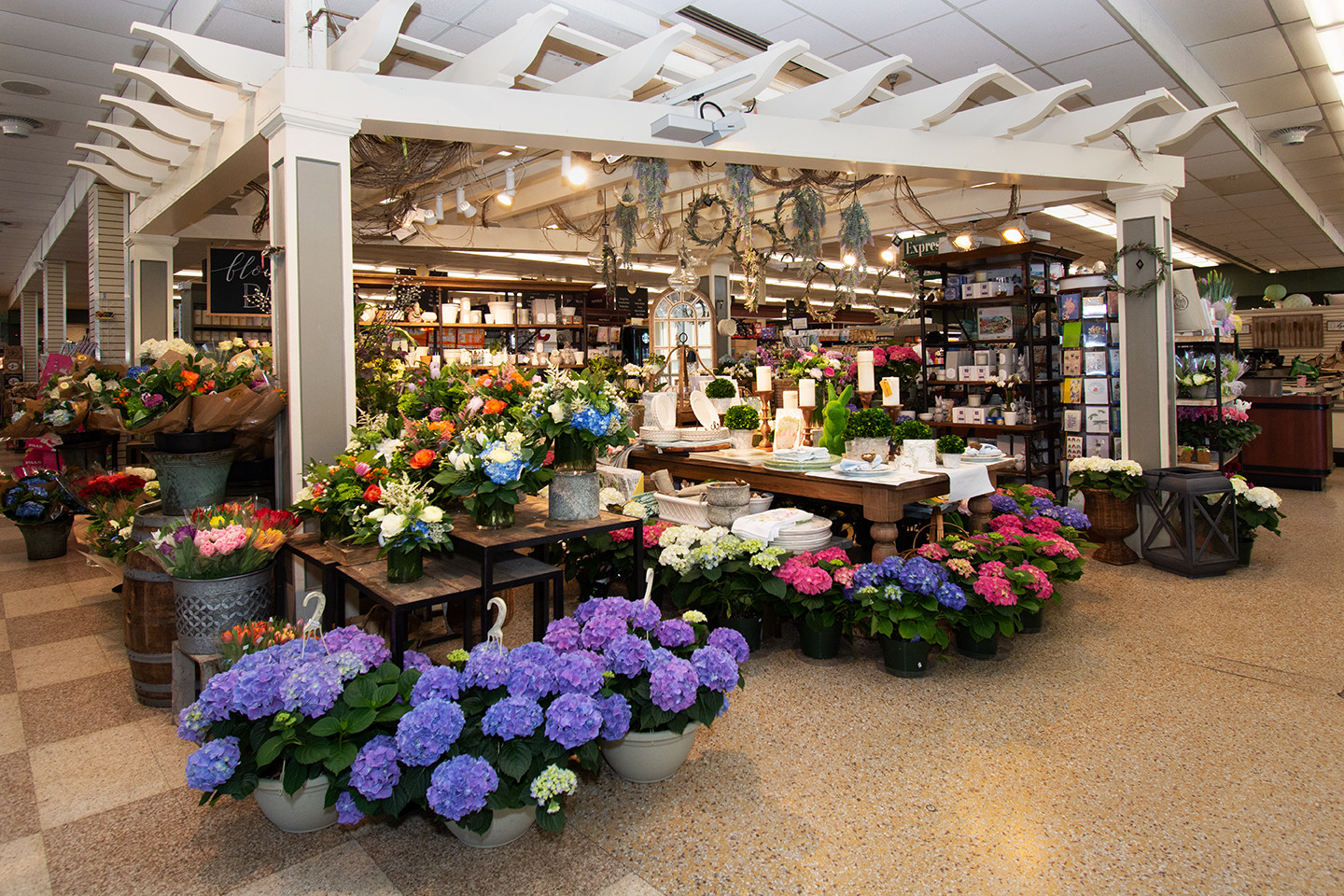
I was enthralled with the beauty on display there. Extreme care is taken to make displays of food and gift items eye popping. Some of the display cases are specially made in Europe and there are bright spotlights on many of the products.

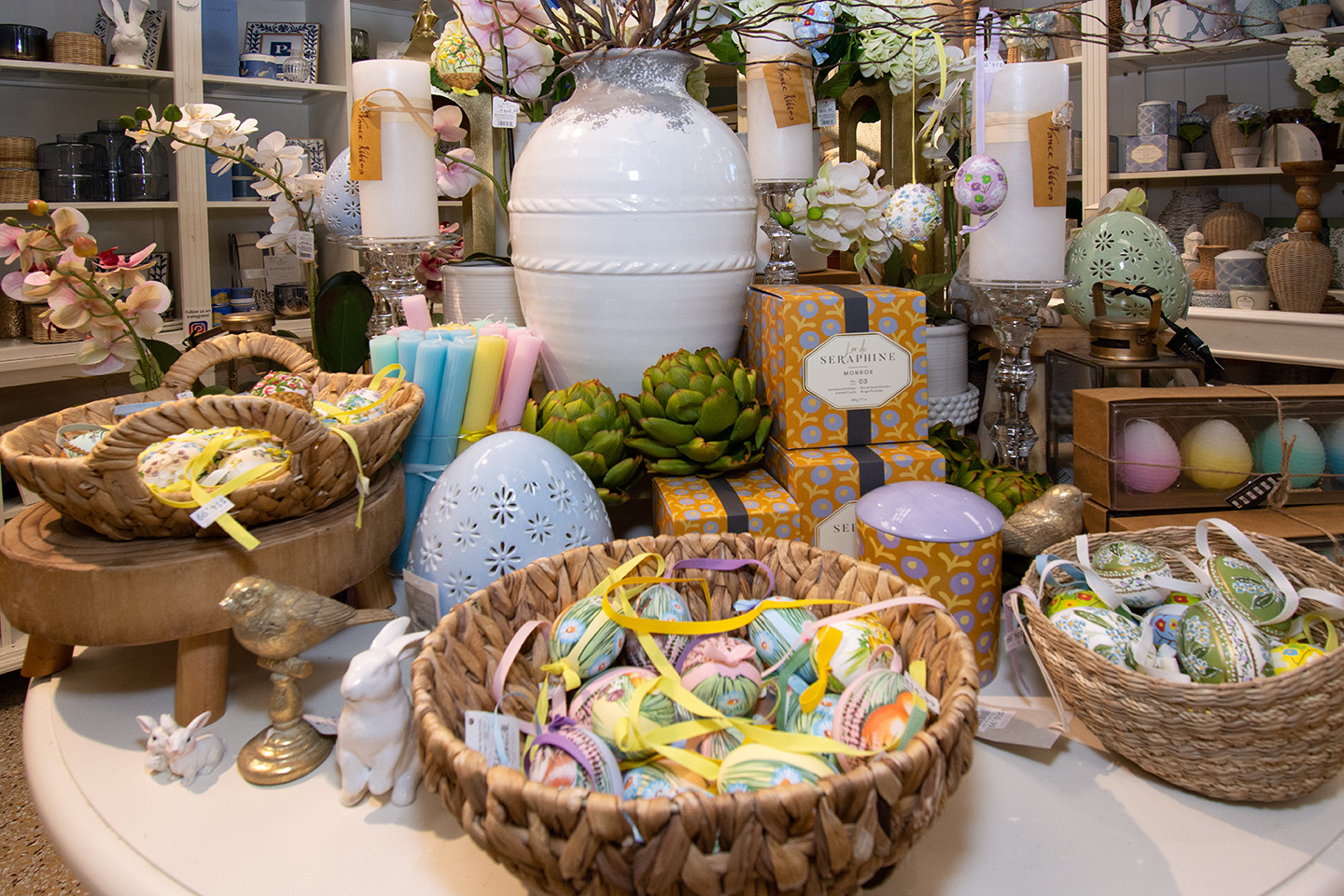

Even the beer display has a wide variety of ice-cold national brands and microbrews.

The colors were really appealing in the produce and flower departments.
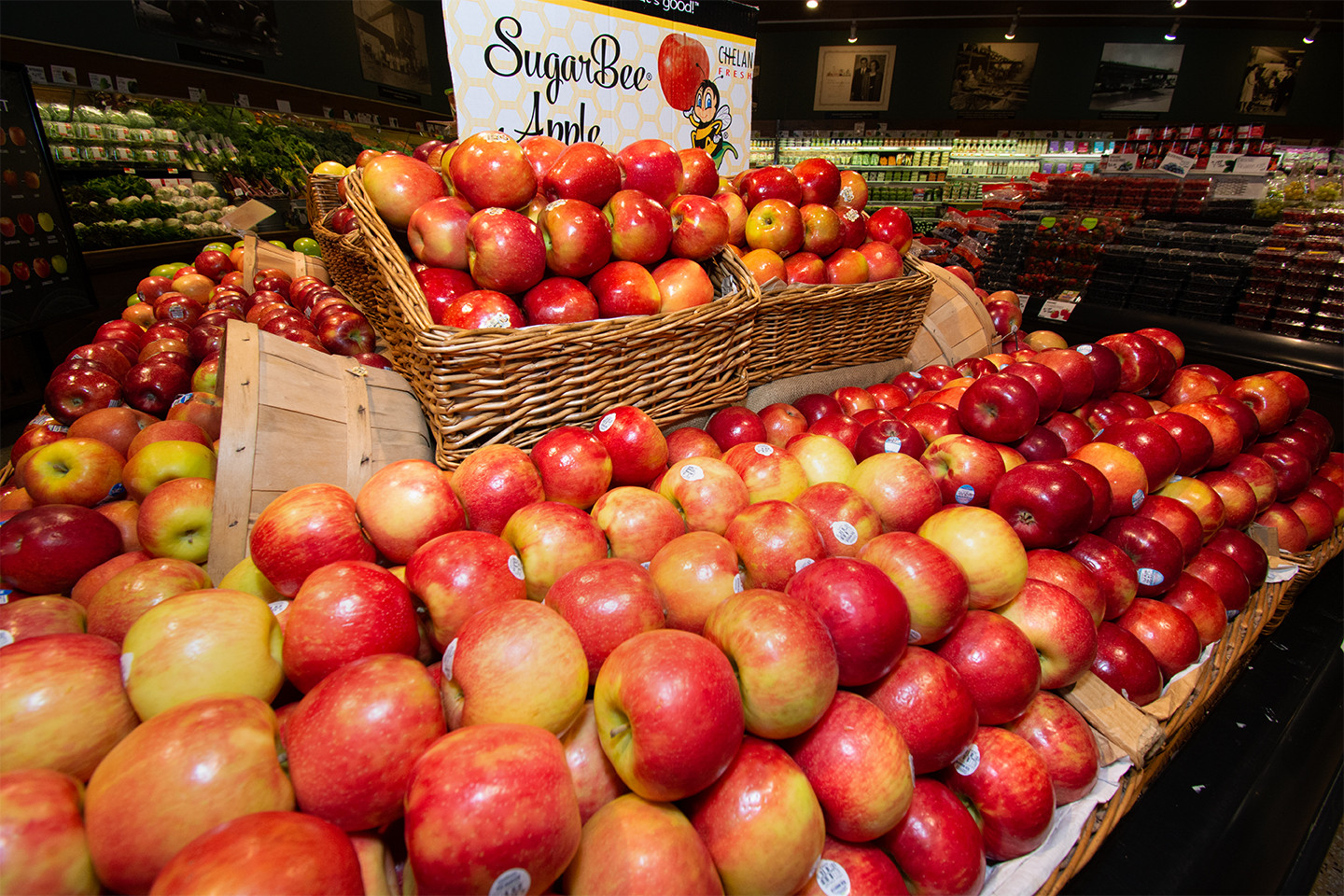



I also produced a Google virtual tour. You can take it here: https://goo.gl/maps/wvmq6TrmoUUDHjFVA
There is something about a locally owned grocery store business that can’t be duplicated by a corporate chain supermarket. I was very pleased to get this photo assignment and to meet the people running this multi-generational family business.
Tim Becker
Creative Images Photography
901 Main St.
Manchester, CT 06040
860-528-7818
tim@2cimages.com


To anyone receiving this message for the first time, I'm Tim Becker, a commercial and industrial photographer based in the Hartford, CT area. I share images from my photo assignments and my thoughts about photography, every month or so with a blog post. Please feel free to unsubscribe if you do wish to stay on my email list.
I had the privilege last year of providing photography for Radcliff Wire Inc. of Bristol, CT. https://radcliffwire.com/. These are the type of industrial photo assignments that I really enjoy. Photographing in their manufacturing facility was quite interesting. Wire is heat treated, shaped and coated there. Making industrial photos of wire manufacturing can be challenging.

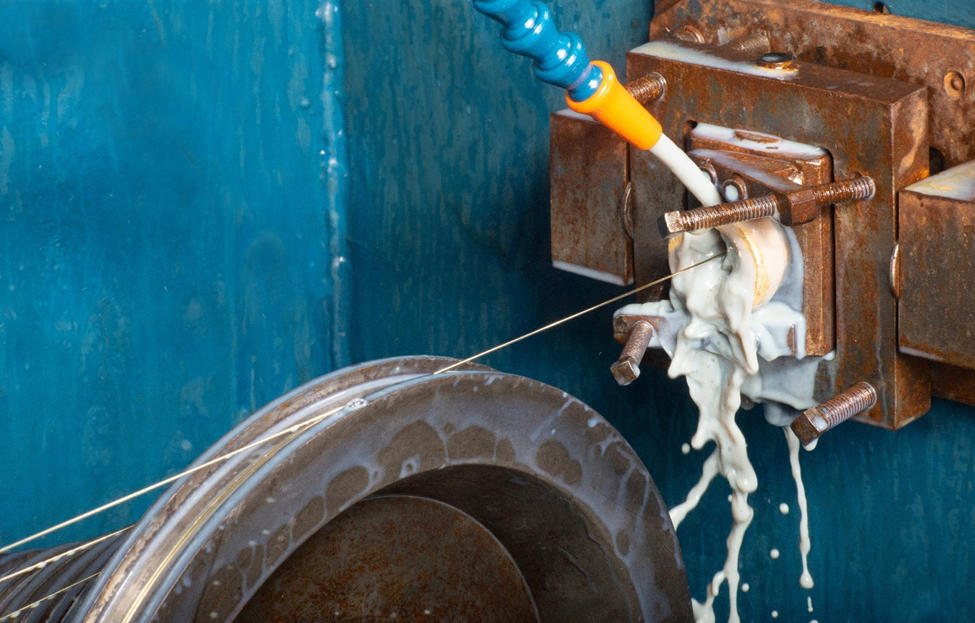
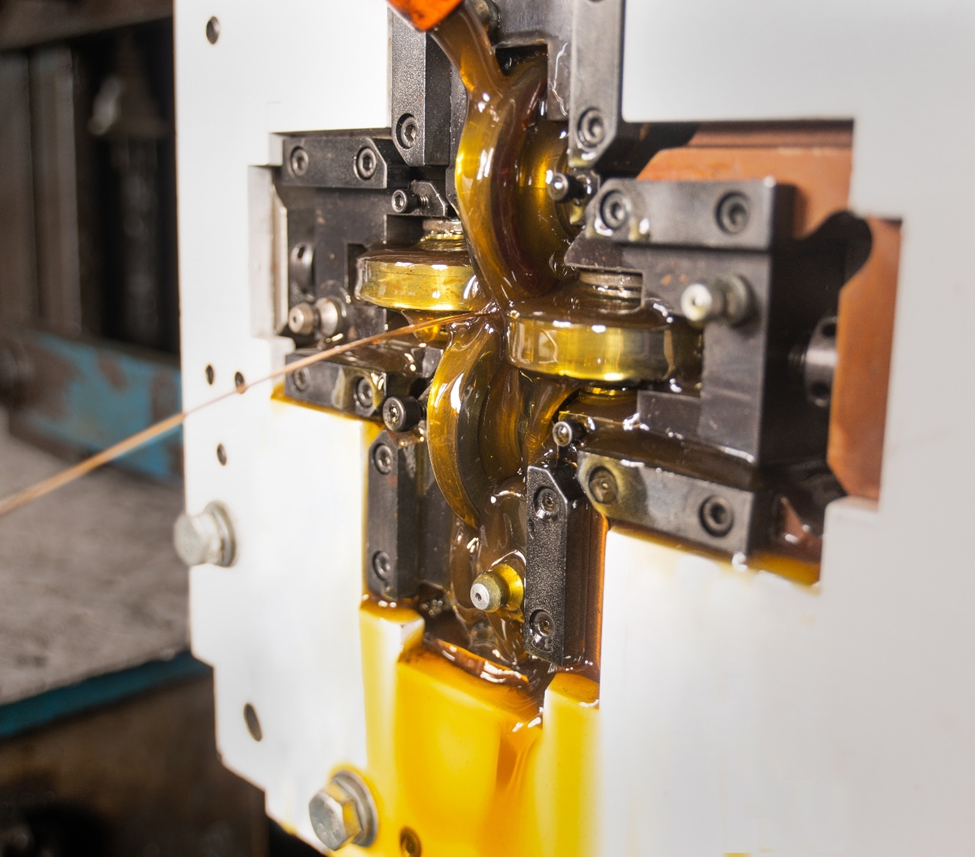
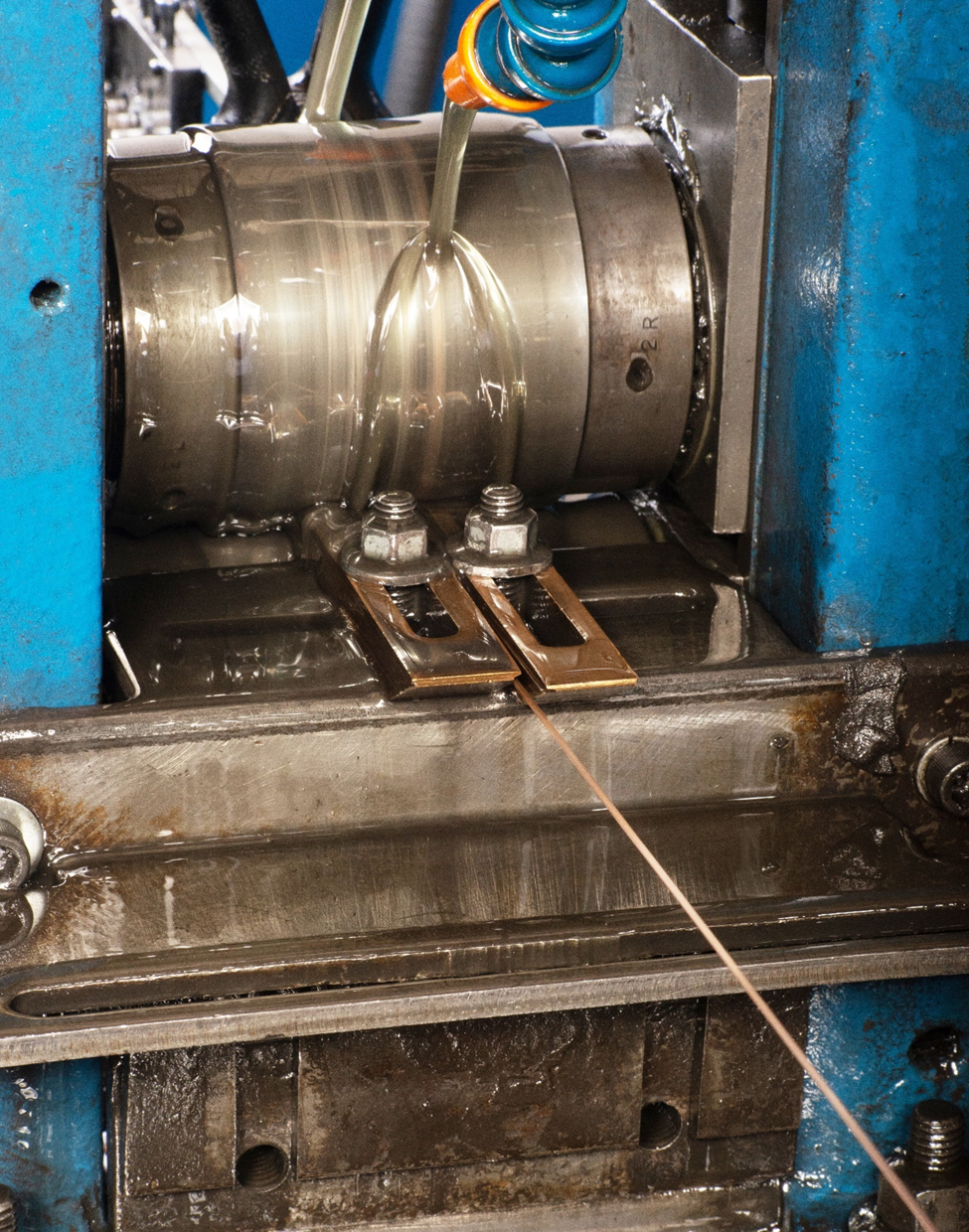
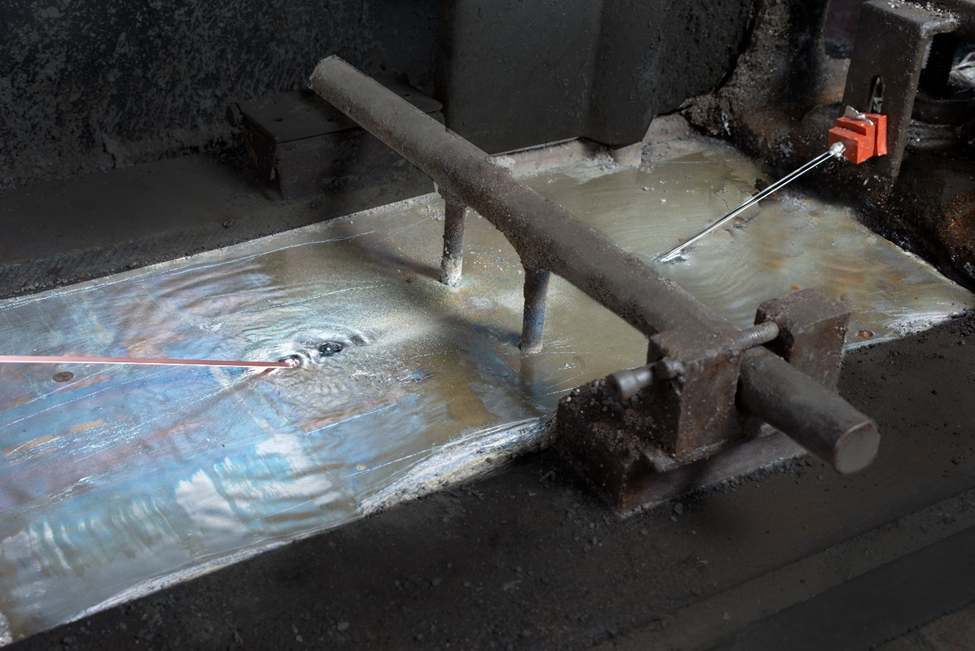
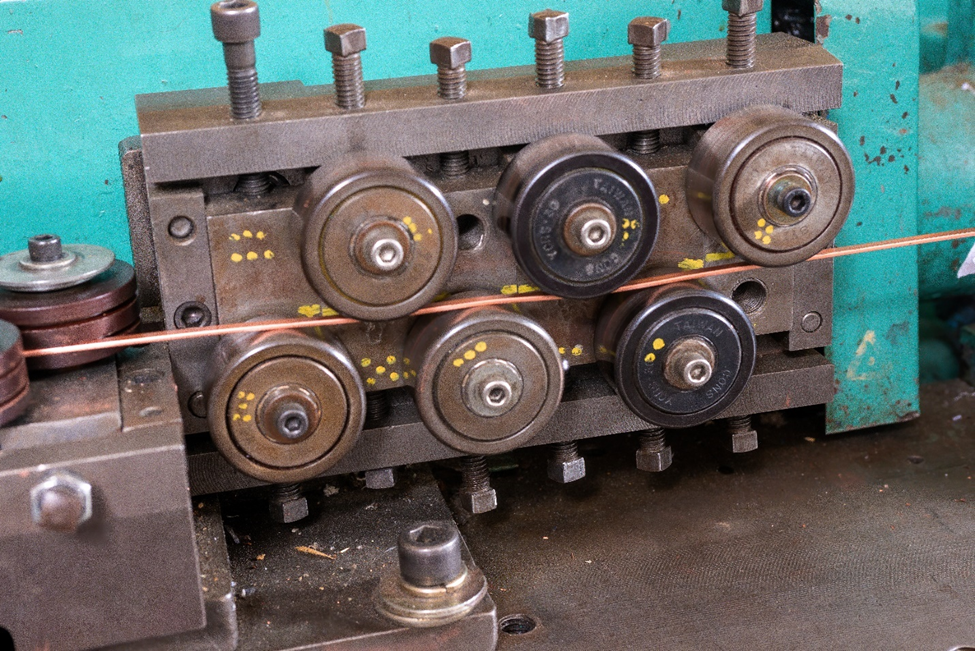
Things got interesting when I was asked to photograph extreme close ups of wire samples for their website. The wire samples are not much thicker than a standard paper clip. I got out my old 55MM f 3.5 Micro-Nikkor lens and extension tubes, that I have from my film photography days. This lens stops down to f32 which helps extend the depth of focus.
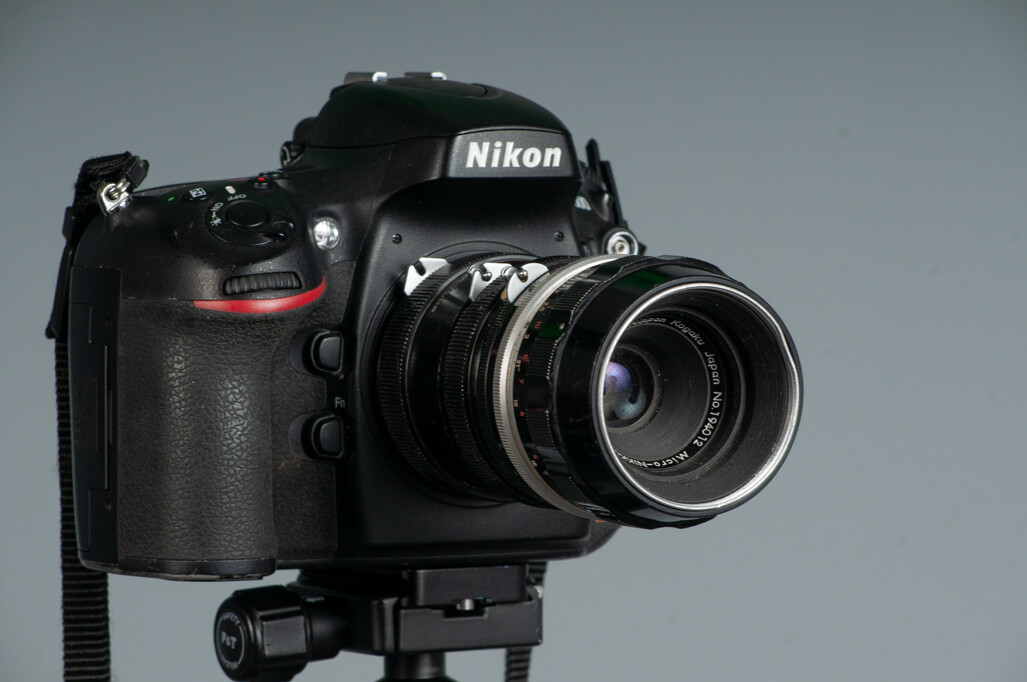
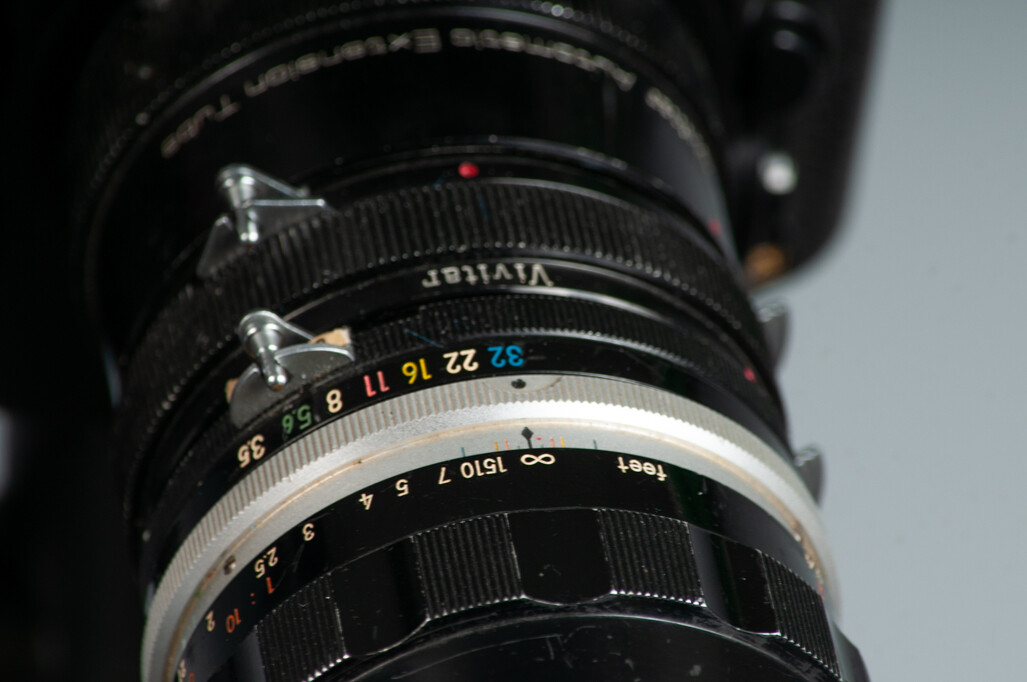
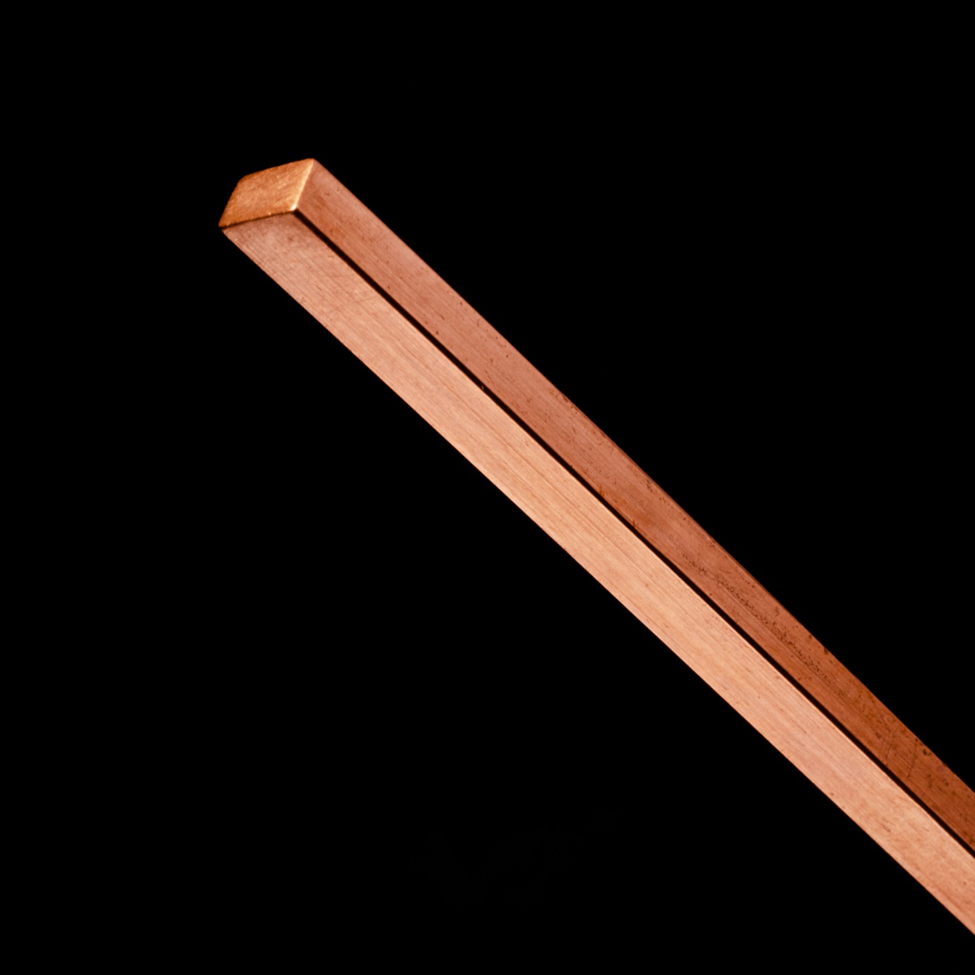
What looks like giant steel girders are less than one quarter inch wide.

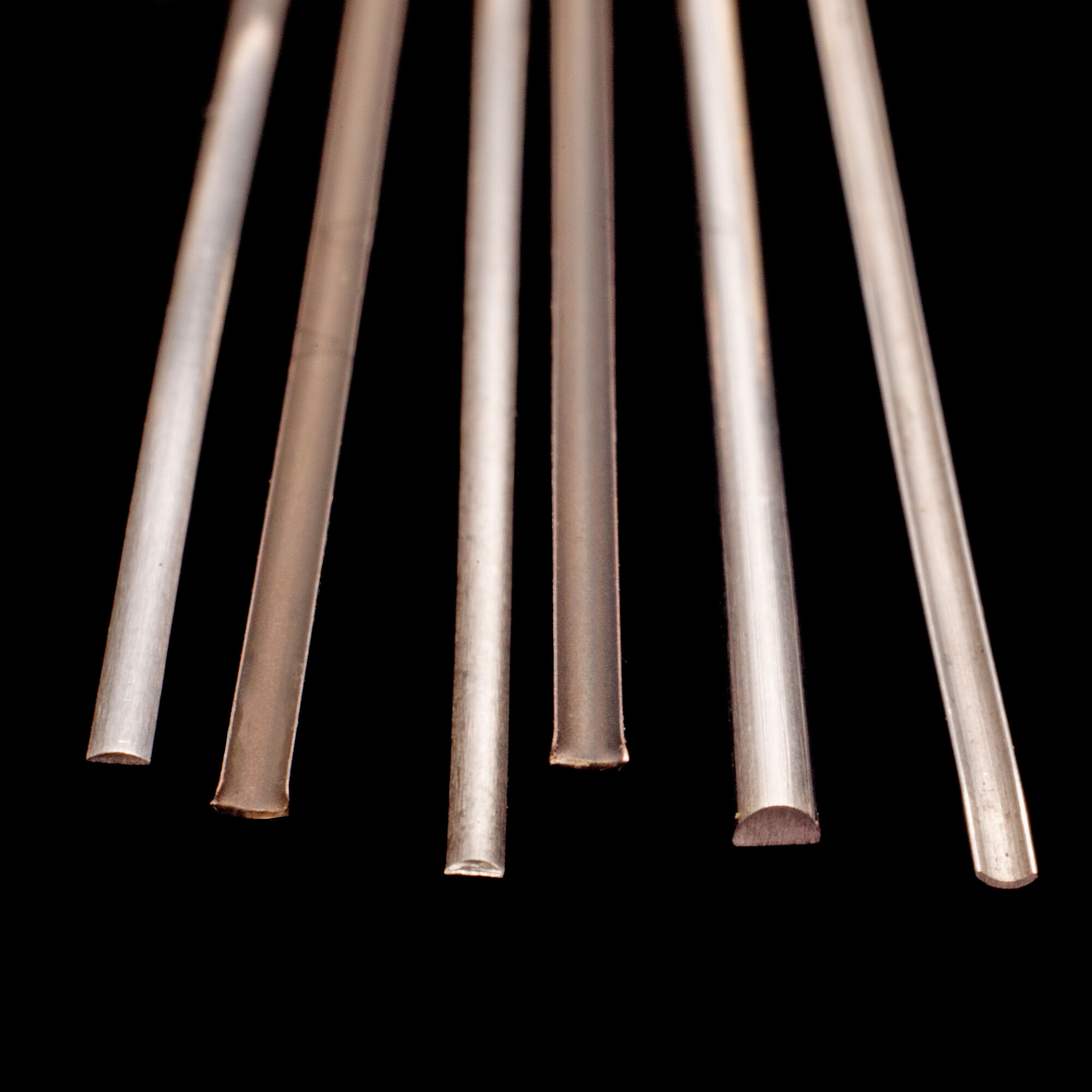

I have a special interest in anything that is manufactured with metal. A previous post from 2021 goes into more detail about my metal parts specialty: http://info.2cimages.com/blog/53/metal-parts
I don't know what will happen in 2023, but I hope to photograph more industrial manufacturing facilities, and more metal parts.
Tim Becker
Creative Images Photography
901 Main St.
Manchester, CT 06040
860-528-7818
tim@2cimages.com


According to the U.S. Small Business Administration there are 33.2 million small businesses in the U.S., composing 99.9 percent of all American businesses. The 1.5 million jobs that are created by small companies each year, account for 64% of new jobs in the US.
One of the things I enjoy most about my job is meeting interesting small business owners and photographing their businesses. Over the past few months I had the privledge of photographing a school where circus acrobats train, a glamor portrait studio, a driving school, a combination CBD, cannabis and “grown your own” store, and a gymnastic school that doubles as a preschool.
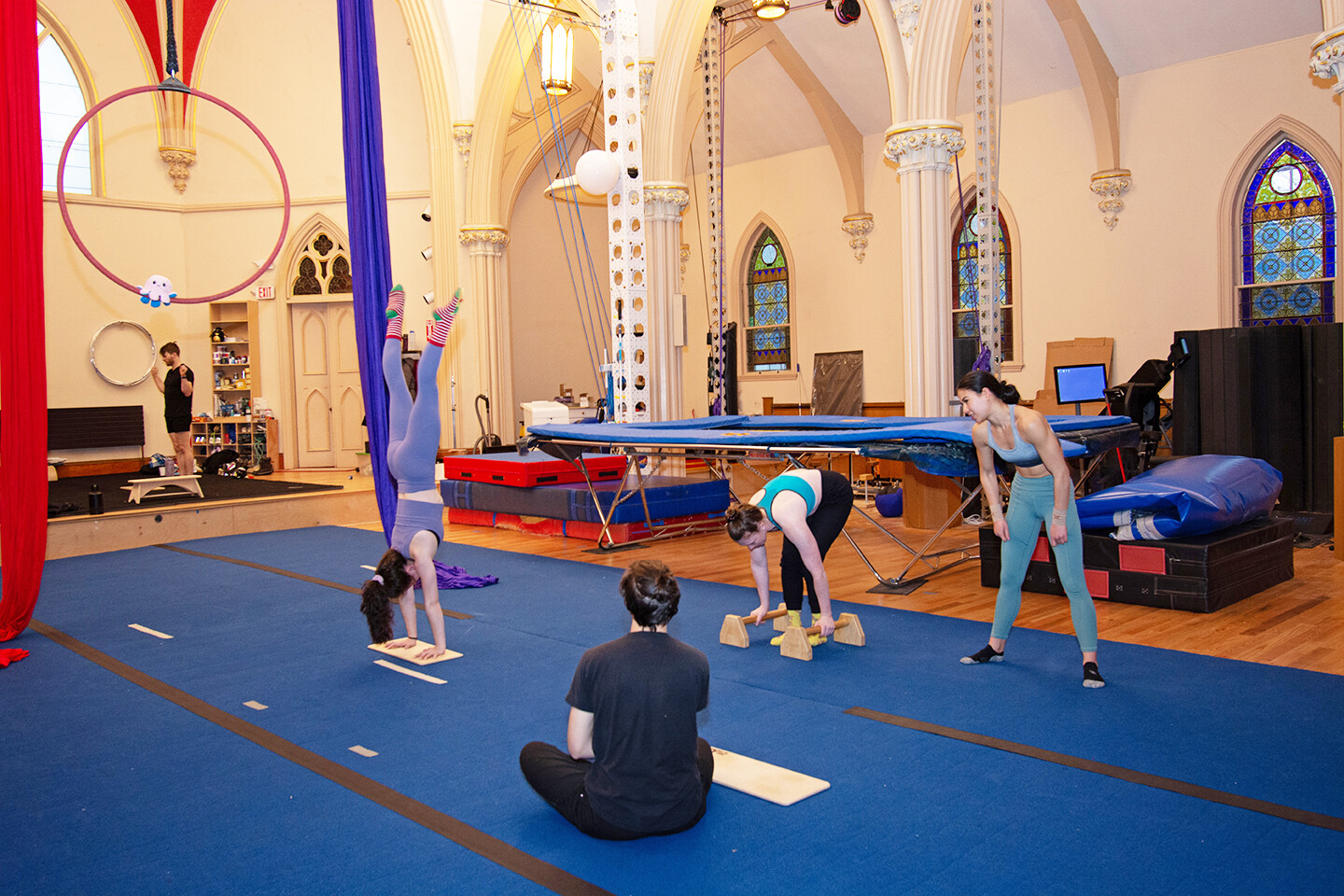
Eastern Acrobatics and Circus LLC in Natick Massachusetts https://www.easternacrobatics.com/ is one of three schools in the world that train acrobats who perform at a professional level. The school is in a former church. Their Google virtual tour is here: https://goo.gl/maps/hNwQ4h5VasW1Vhhq6
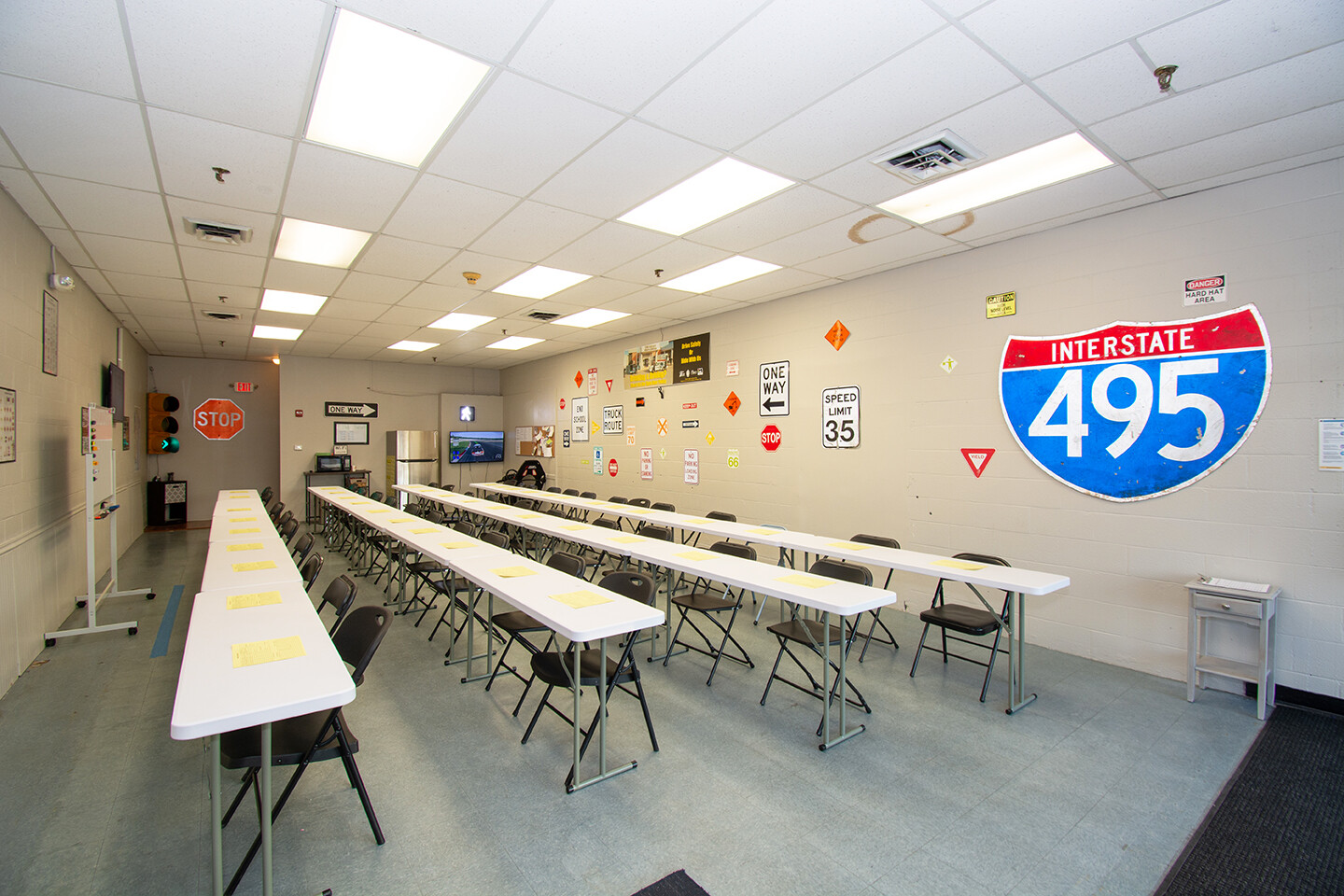
Moriarty’s Driving School in Salisbury, MA https://www.moriartysdrivingschool.com/ trains high school students and older adults how to drive and obtain their driver’s license. Their tour is here: https://goo.gl/maps/oviCYwMBnQeBBAGt7
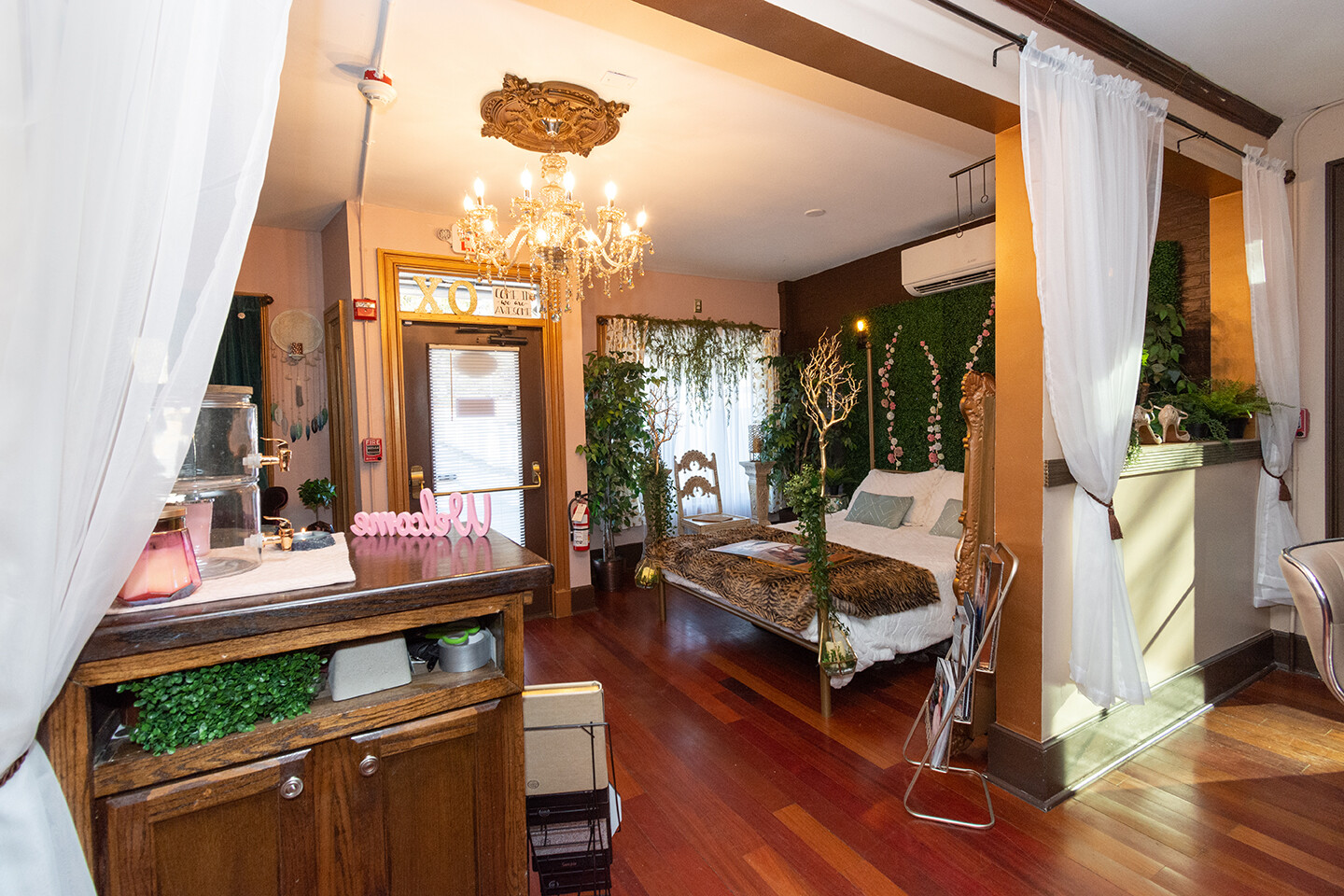
XO Studio in East Greenwich, RI http://studioxo.photos/ provides glamor portraits from their studio that formally was a restaurant, complete with a bar. Here is their two level tour: https://goo.gl/maps/iuPjoJXNPdmkV25U8
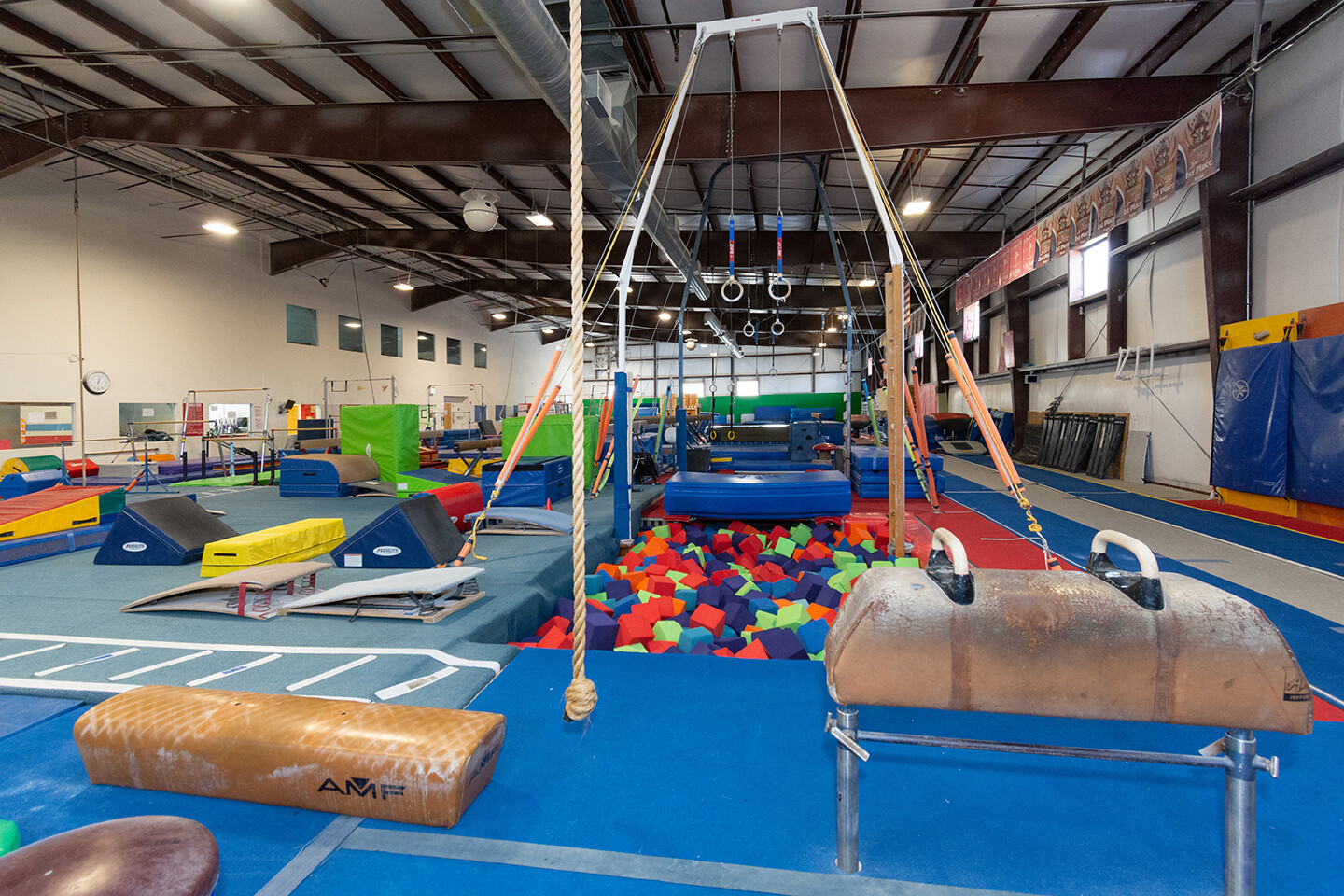
Aim High Academy in East Greenwich, RI https://aimhighacademy.com/ is an acrobatic school that also offers preschool and before and after school programs. Their tour is here: https://goo.gl/maps/JMS7bQd63FByQGTg6
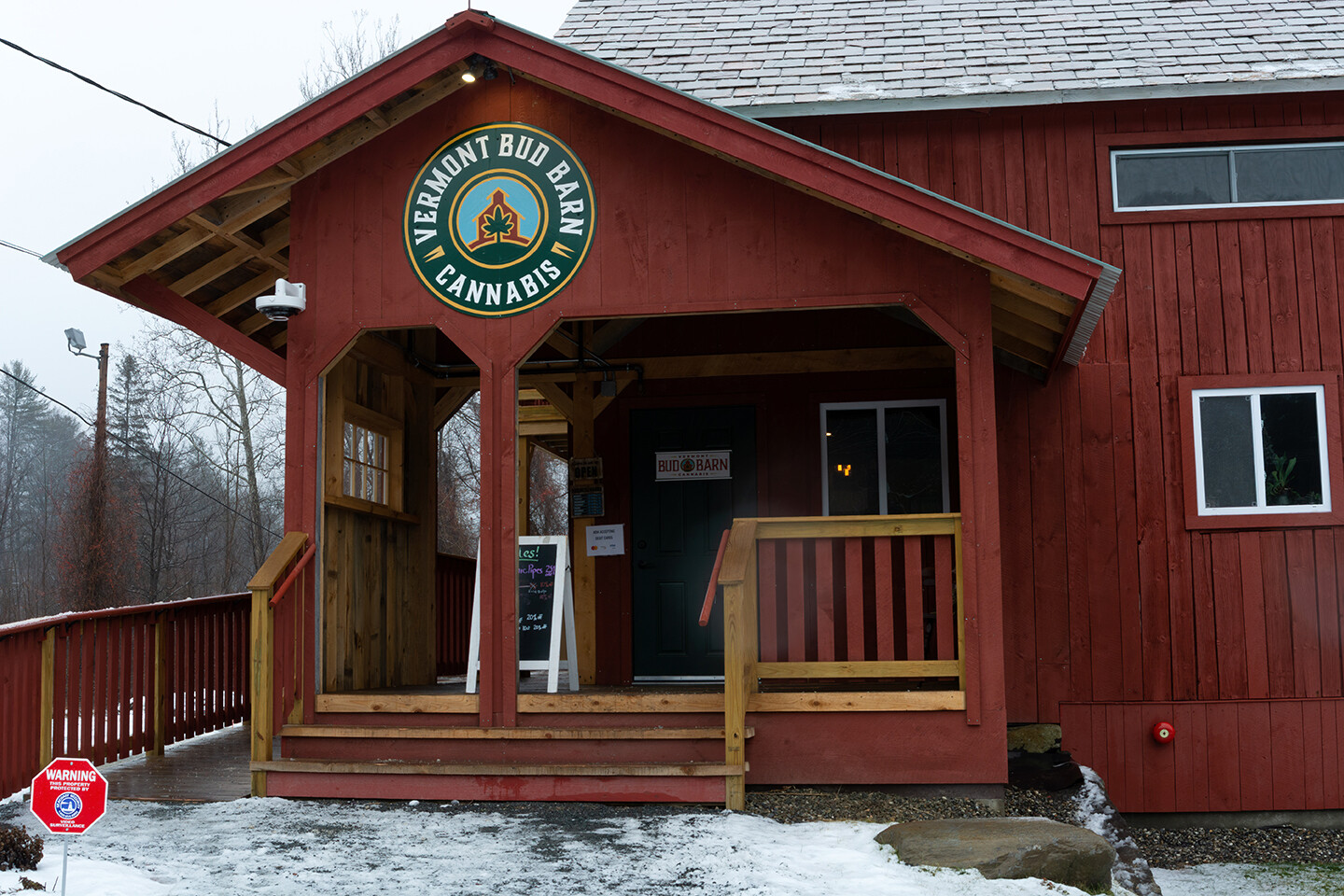
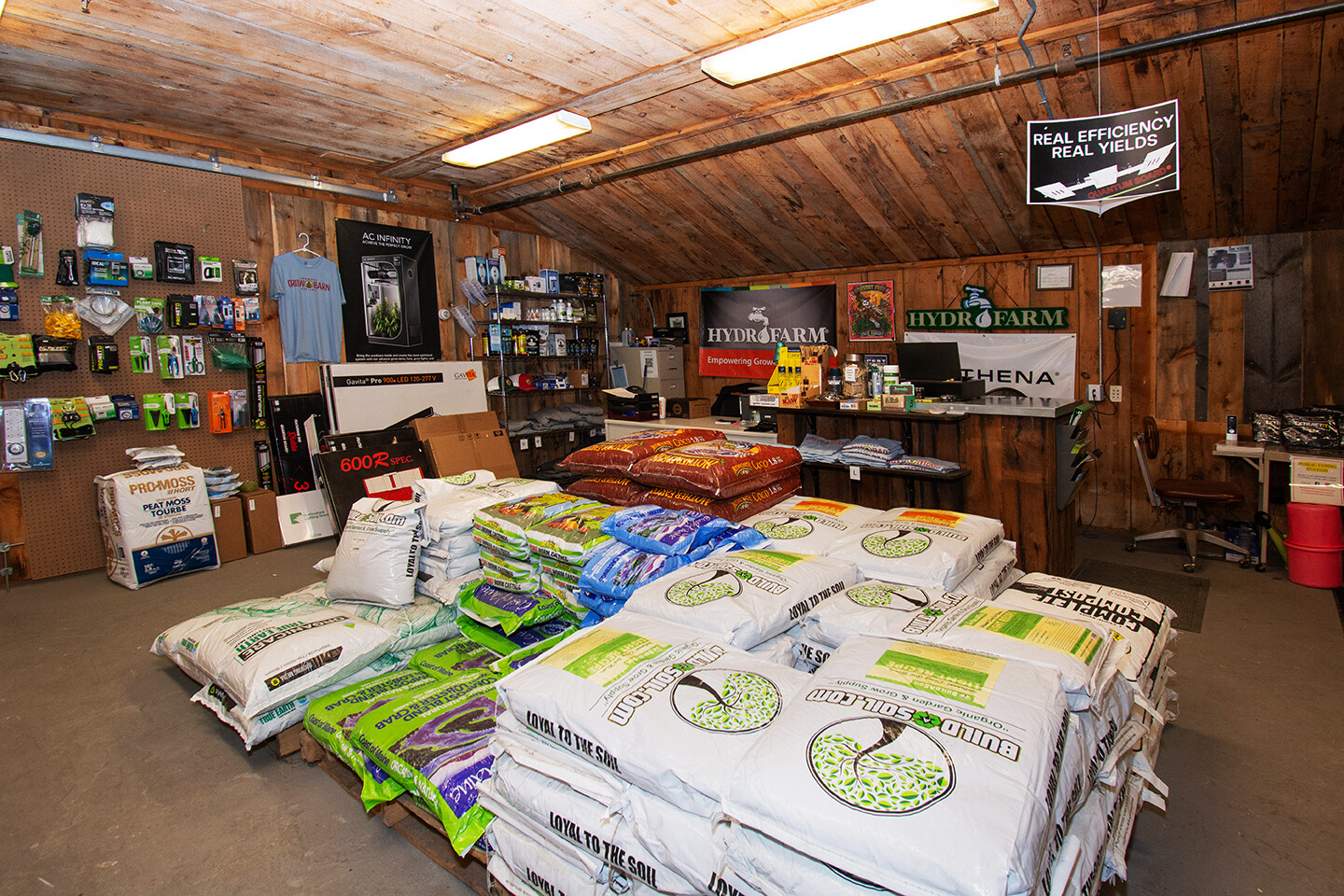
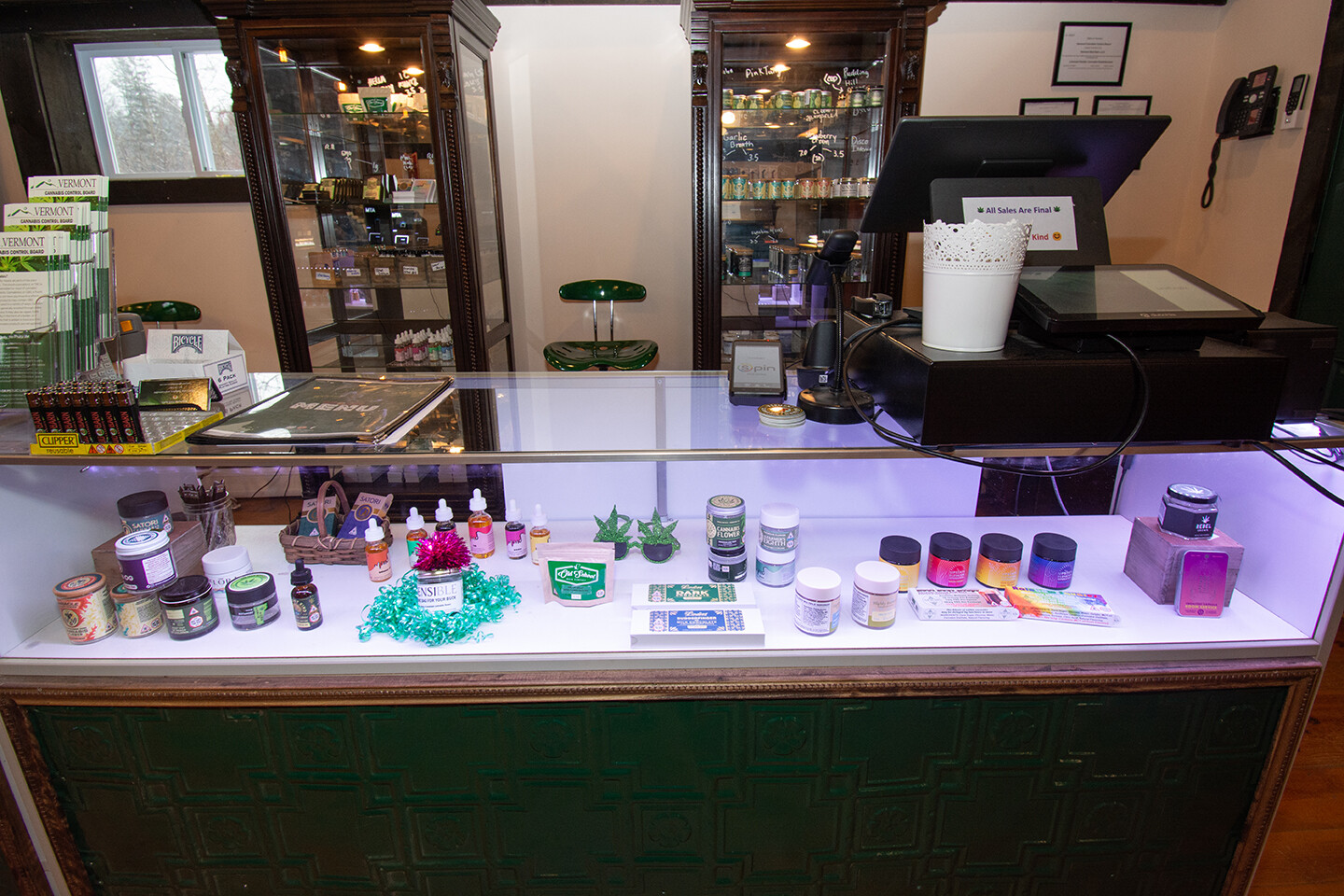
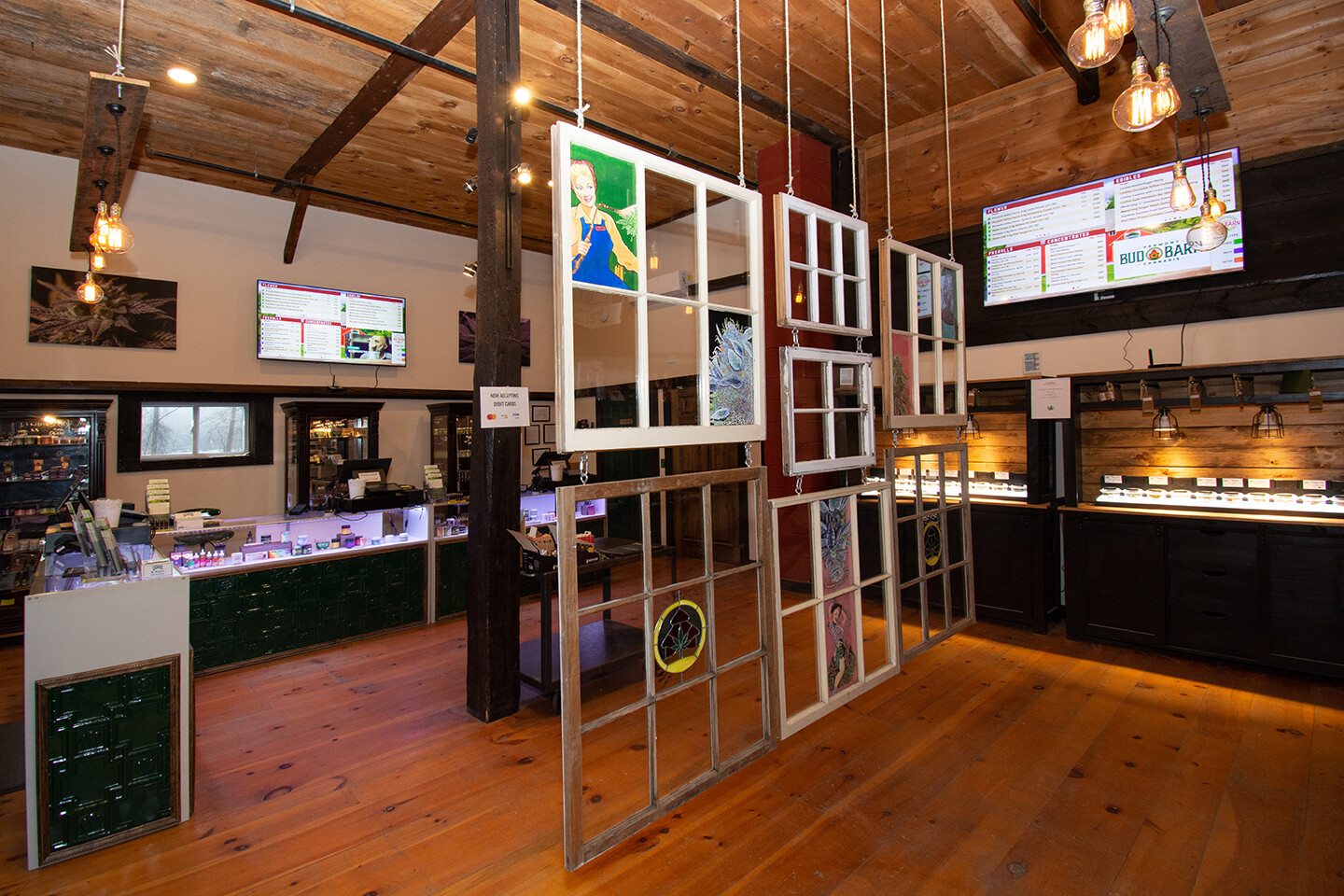
For this assignment I traveled to Brattleboro, Vermont to photograph the Vermont Hempicurean https://vthempicurean.com/ and tour:
https://goo.gl/maps/CV2ZYfc52GRnBwWG8 the Vermont Bud Barn https://vtbudbarn.com/ and tour: https://goo.gl/maps/kz1ryPmbFpG47KnE7 and the Vermont Grow Barn https://vtgrowbarn.com/about-us/ and tour: https://goo.gl/maps/AtX6JvT2yWG8WEqM7.
Thankfully I photographed the three stores in the early morning before they opened, because there was a long line in front when I left. I never know what kind of businesses I will be asked to photograph next. That is what makes this job challenging and fun.
Tim Becker
Creative Images Photography
901 Main St.
Manchester, CT 06040
860-528-7818
tim@2cimages.com

